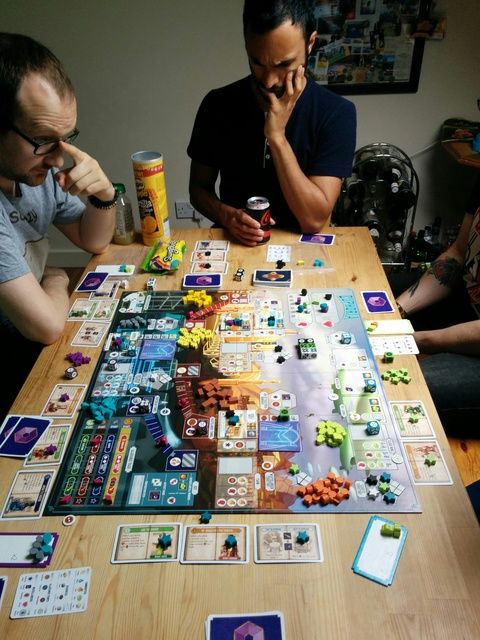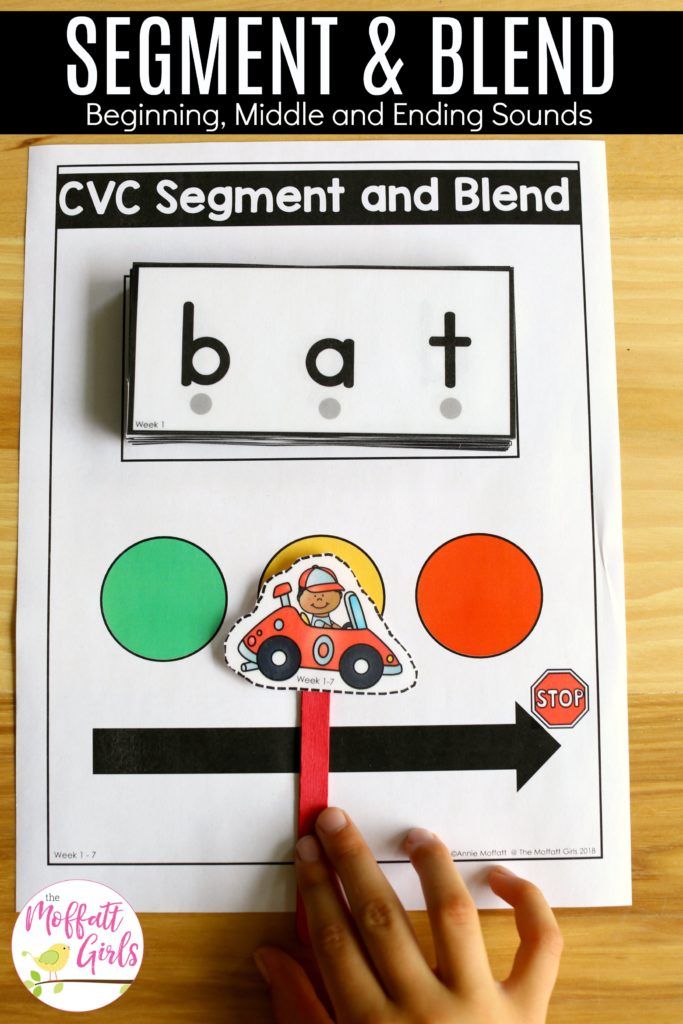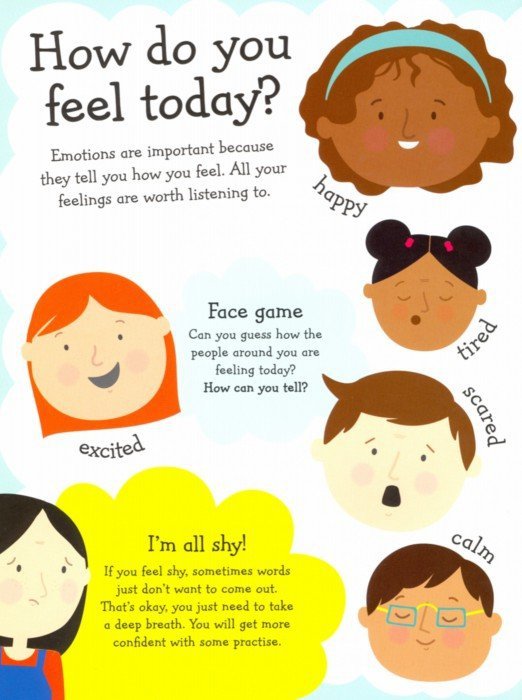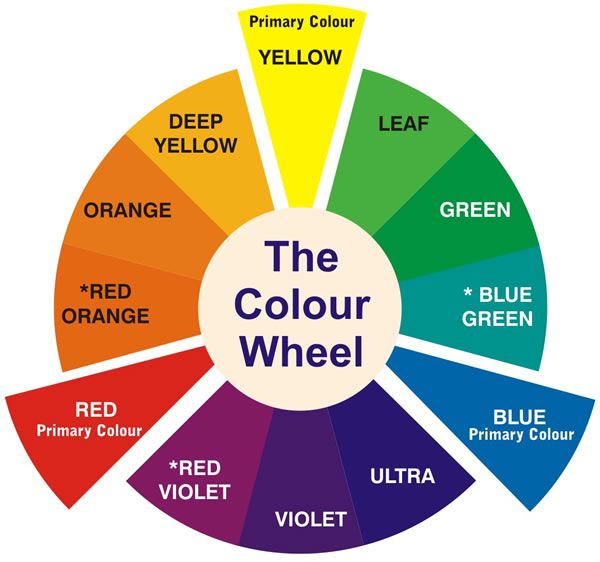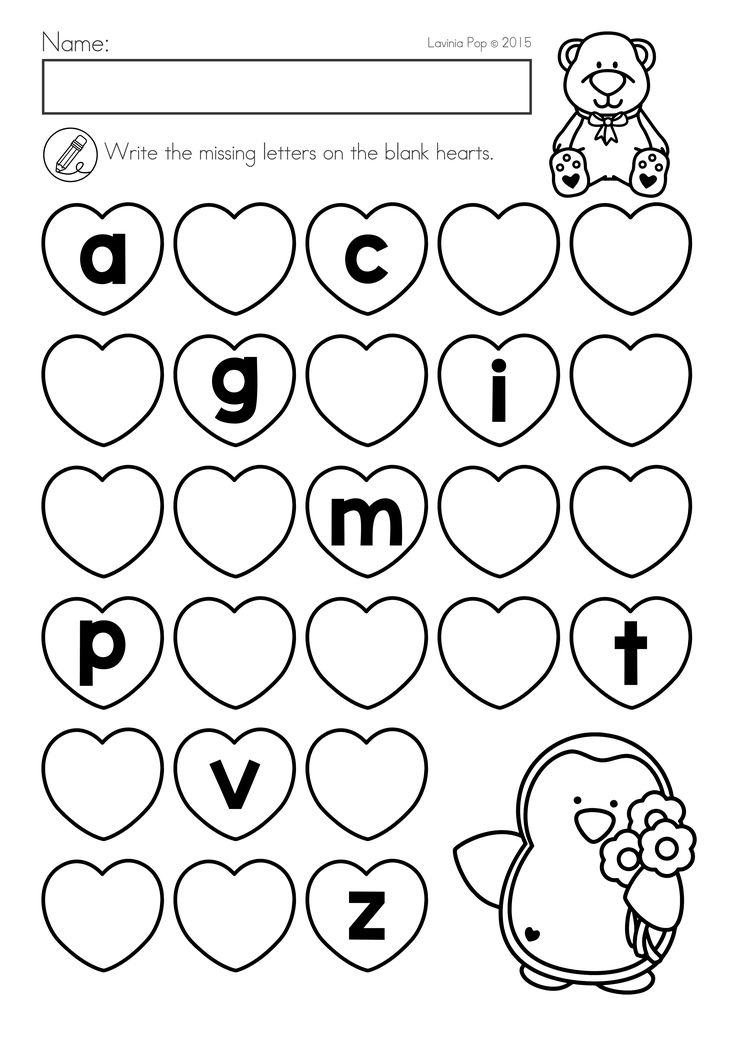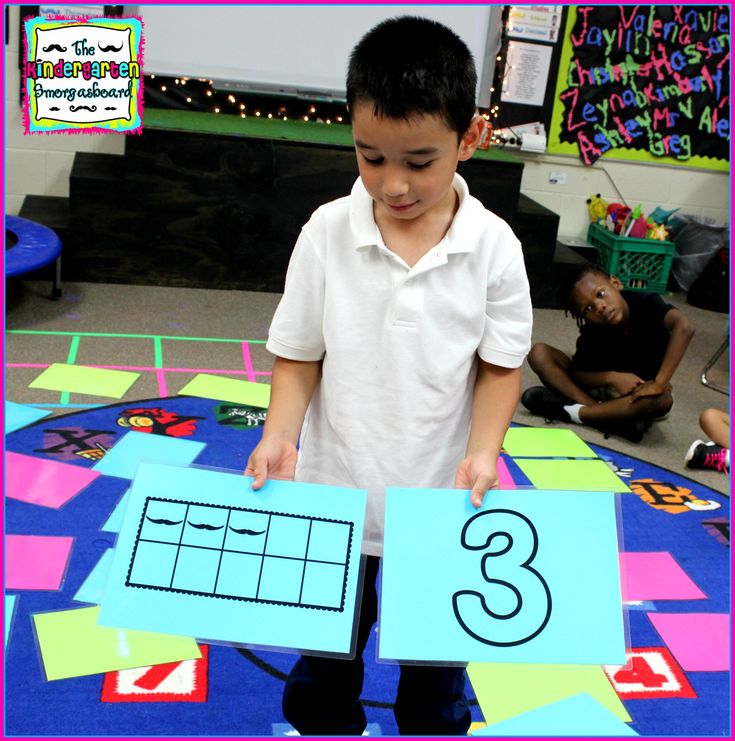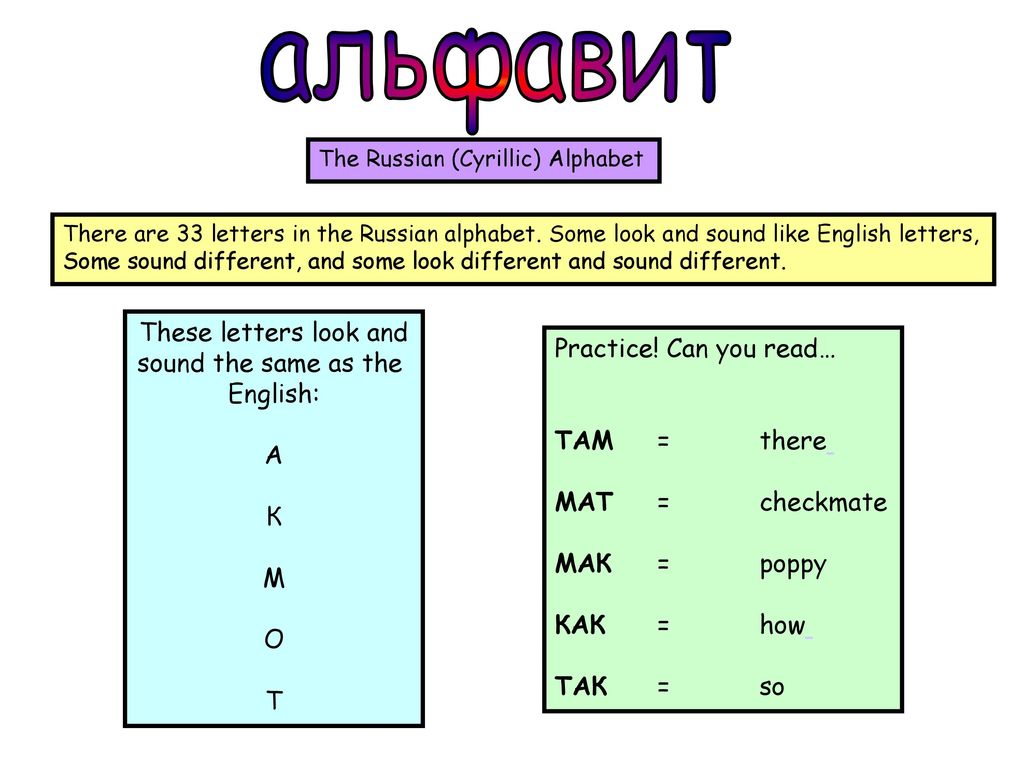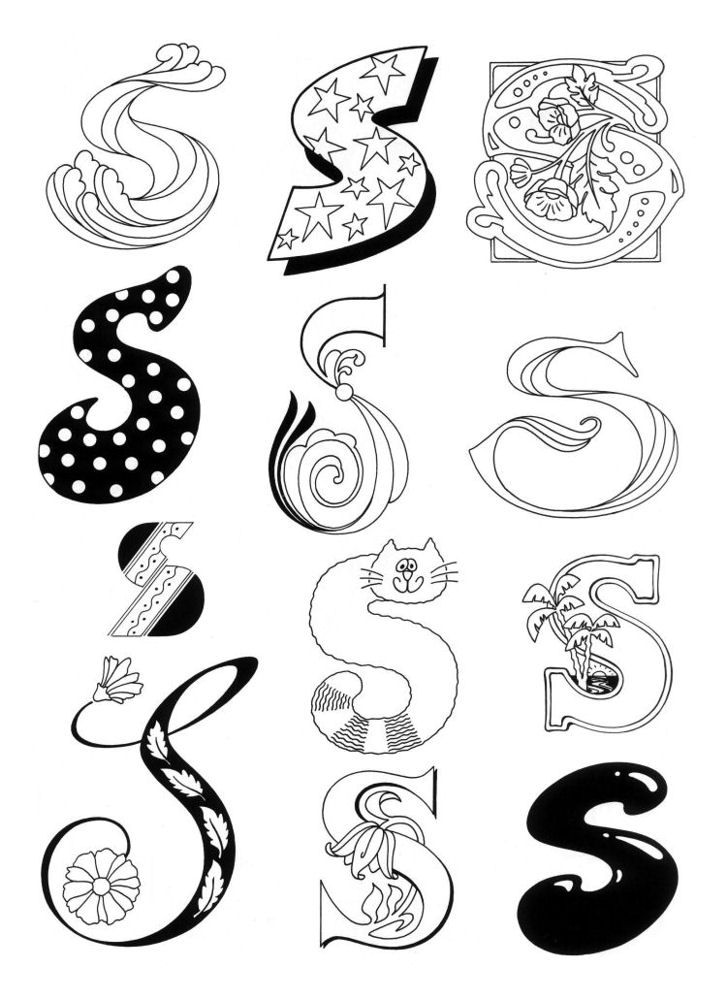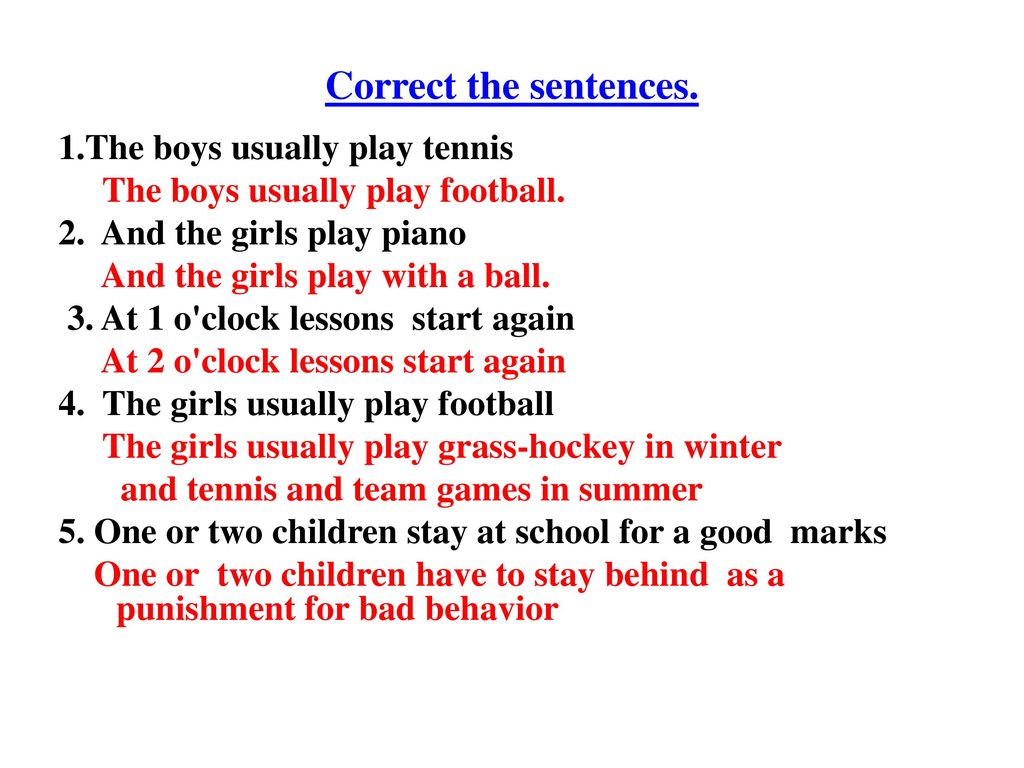Fun games with no supplies
10 Awesome Games You Can Play Without Any Materials
LWA/Dann Tardif /Getty Images
Whether you and your family have found yourselves...
… then chances are you’re going to need a fun way to pass the time!
To that we say, “Begone, boredom!” because we’ve put together the 10 very best family games that don’t require any materials or equipment to play!
Sausage!
@misfitsandmonsters on Giphy
Everyone has that one friend who tries to get you to laugh at the worst possible moments. Well, imagine a game built around that!
Players: 2 or more Space Needed: 2/10 (For optimal game play, you’ll want to be seated across from your partner to watch their face!) Loudness Scale: 3/10 (This number is accounting for the uproarious laughs.)
Read the rules for Sausage on GamesKidsPlay.net
Ninja
@walkofftheearth on Giphy
Not for the faint of heart, this one is all about swiftness, balance, and awkward poses. To be honest, this game might make you feel more like a bonsai tree than an actual ninja!
Players: 3 or more players Space Needed: Varies! (The game gets exponentially more fun the more players you have, so you might need quite a bit of space!) Loudness Scale: 8/10 (This game can get pretty loud once you account for the giggles and funny poses everyone will be striking)
Check out the rules on Wikipedia.
Two Truths and a Lie
Disney via Giphy
Who has the best poker face?! This game is great for getting to know your friends and family better — and learning who you should invite next time you head to the casino.
Players: 3 or more Space Needed: 2/10 (You might want to find some room to sit because this game doesn’t have a definite ending) Loudness Scale: 3/10 (For all the laughing and/or gasping you’ll be doing!) Customization Suggestion: Mix up the typical way of playing and get cheeky by trying “Two Lies And A Truth!”
See how to play on ThoughCo.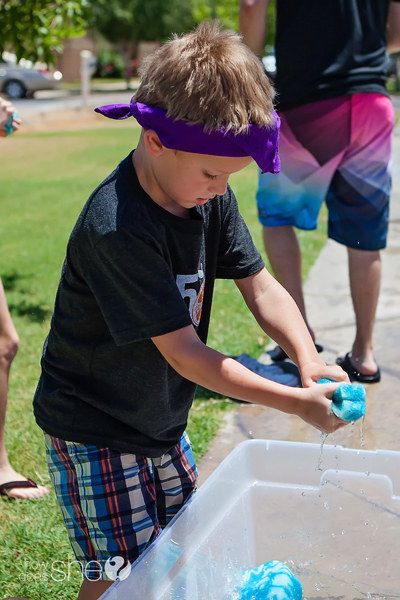
The Human Knot
@joekevdveen on Giphy
Also known as the “team-building exercise to end all team-building exercises,” The Human Knot is a seriously fun way of learning how to communicate with others in a large group while coming to appreciate the value of teamwork!
Players: 5 or more players for the most fun experience. Space Needed: 9/10 (You’ll need plenty of room for all the players to move!) Loudness Scale: 9/10 (Lots of accusing yells and groans of agony when people are voted out.) Customization Suggestions: Try playing against a time limit for added fun!
See how to play on WikiHow
Guess Who?
@sambrownvideo on Giphy
Here’s a game that combines classic games like 20 Questions and I-Spy and needs no explanation on how to play! Pick a person and have the other players ask you “yes” or “no” questions until they figure out who it is!
Player: 2 or more Space-Needed: 2/10 (You might be thinking about this one for a while and want a seat) Loudness Scale: 3/10 (You’re going to be asking a lot of questions!) Customizability Suggestion:
Instead of picking a person, try choosing animals, models of cars, or even plants.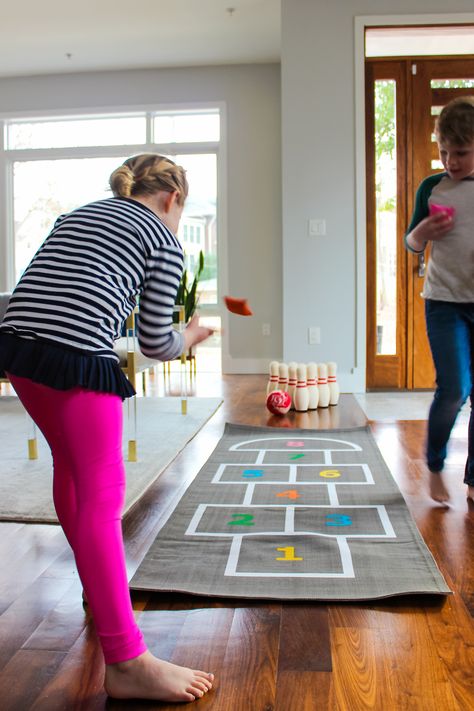 For best results, choose something you and your family love to geek out over!
For best results, choose something you and your family love to geek out over!
Secret Dancer
Giphy
A sleuthing game that caters to the members of your friend group or family that love to boogie!
Players: 4 or more players Space-Needed: 8/10 (Needs a large space for maximum embarrassing dance moves.) Loudness Scale: 6/10 (This game can vary depending on whether or not you want to play music to dance to! Rest assured you’ll be hearing feet hitting the floor and lots of laughter the whole time.) Customizability Suggestions: Set up a playlist of your favorite songs in the background while you play this game! Try dancing in the dark while holding glow sticks or wearing some glow in the dark face paint!
Find the full game instructions on YouthGroupGames.com.au.
Charades
@gamenightmovie on Giphy
“Charades” is the classic version of the “Heads Up” game that everyone loves playing at family gatherings nowadays. The only difference? No phone required!
The only difference? No phone required!
Players: 4 or more players Space-Needed: 7/10 (Needs a large group to play.) Loudness Scale: 8/10 (The volume might climb as people excitedly shout out suggestions!)
Learn how to play on FamilyEducation.com.
Sleeping Lions
@bbcamerica on. Giphy
In the jungle, the mighty jungle, the lion sleeps to-YAWN. Hmmm, are we sure this game wasn’t invented by tired parents who just wanted the little ones to take a nap? Either way, it’s a roaringly fun time!
Players: 4 or more players Space-Needed: 8/10 (Players will be lying face down, which will take up quite a bit of space.)
Check out the instructions on Kidspot
Concentration 64
@CMNHospitals on Giphy
Put on your thinking caps for this one! Concentration is a game that forces whoever is playing to pay attention to their hand-eye coordination, rhythm, and wordplay!
Players: 3 or more players Space-Needed: Varies! (The game is meant to be played sitting down, so the space required will depend on the number of players. ) Loudness Scale: 8/10 (This game can get pretty loud based on all the claps, giggles, and groans when someone messes up.)
) Loudness Scale: 8/10 (This game can get pretty loud based on all the claps, giggles, and groans when someone messes up.)
Captain’s Orders
@lidl_voyages on Giphy
Aye, Aye, captain! Captain’s Orders is a game where you have to listen carefully or face the consequences. Just like when you’re at sea, if you don’t follow the rules you might find yourself walking the plank!
Players: 3 or more players Space-Needed: 8/10 (Needs a large group to play.) Loudness Scale: 9/10 Customizability Suggestions: For a little bit more variation try changing the role of who is giving orders! For example, instead of a sea captain how about a teacher, or doctor, or a fireman?!
50 Classic Games You Can Play Without Equipment
Trum Ronnarong // Shutterstock
50 classic games you can play without equipment
Video game consoles cost hundreds of dollars. Online gaming subscriptions come with a monthly fee. Organized sports like hockey and football require mountains of expensive equipment. Many other games can only be played with game-specific sets like board games, jigsaw puzzles, or classic backyard games like bocce ball, croquet, tetherball, and badminton. Then there are the countless games that require just basic equipment like a ball—but equipment nonetheless.
Organized sports like hockey and football require mountains of expensive equipment. Many other games can only be played with game-specific sets like board games, jigsaw puzzles, or classic backyard games like bocce ball, croquet, tetherball, and badminton. Then there are the countless games that require just basic equipment like a ball—but equipment nonetheless.
What if a bored group of kids or adults don't have anything—no ball, no jump rope, no bike, no playing cards? The answer is that they'd still have plenty of options.
Using a variety of sources including game-focused websites, parent/children-dedicated blogs, and historical entertainment sites, Stacker came up with a list of 50 classic games that just about anyone can play with virtually no equipment. The list omits the many games that require even the most basic items like previously mentioned balls or jump ropes. Occasionally, however, the list includes games that require easy-access objects like rocks, sticks, or any interchangeable item—one, for example, technically calls for a button, but any small object will do.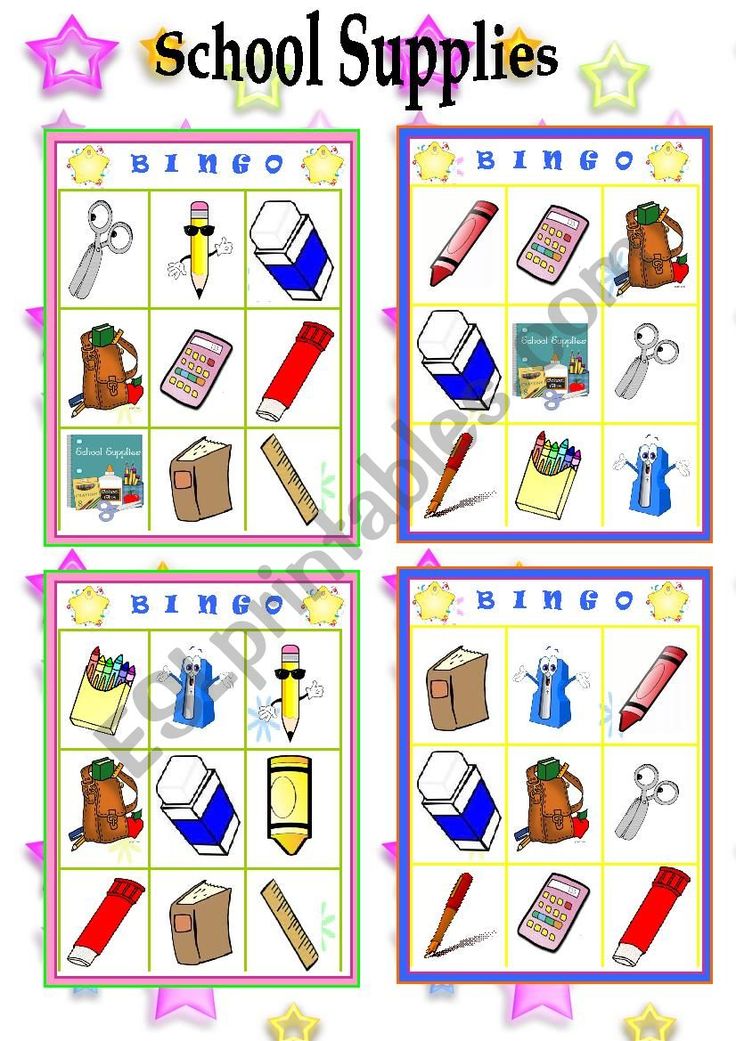
Some are played inside, and others require vast amounts of space outdoors. Some are for teams, and others involve head-to-head matchups. Many are competitions that end with clear winners and losers, while others are played just for the sake of playing them. Some require music, and some are clapping games. Some are physical, while others are games driven by imagination. Some are famous favorites that are universally known to nearly everyone, while others might be brand new to some readers.
All, however, can be used to pass the time on rainy days by just about every adult and child looking for something to do. Keep reading to learn about the classic games that just about anyone can enjoy with no equipment at all.
You may also like: What the world was like when your grandparents were born
1 / 50
Hurst Photo // Shutterstock
Tag
Tag might just be the most familiar, famous, and universal no-tech game of all time. It's hard to imagine anyone who hasn't at one point or another run from the person who is "it" before being tagged and becoming "it" themselves.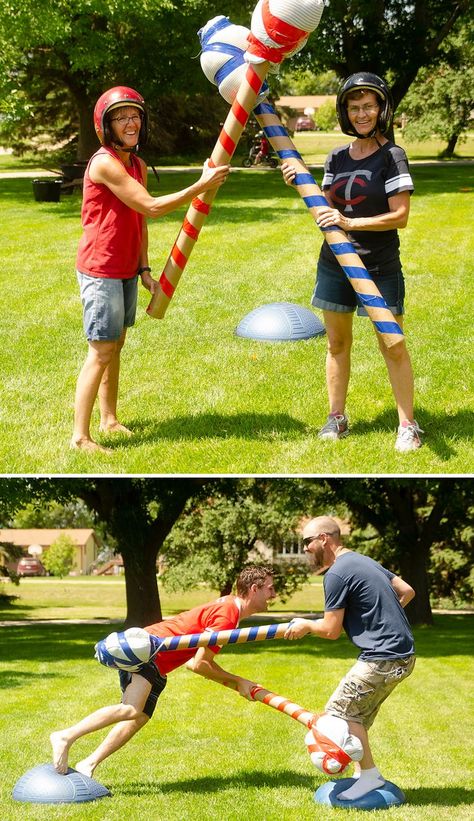 Although it's impossible to confirm, there's an old internet rumor that says "tag" is an acronym for "touch and go."
Although it's impossible to confirm, there's an old internet rumor that says "tag" is an acronym for "touch and go."
2 / 50
Jarek Tuszyński // Wikimedia Commons
Red light, green light
This tag variation requires whoever is "it" to function as a traffic light, shouting "green light" to a group of kids that begin the game at a pre-chosen starting line a good distance away. The "it" person can stop all the players by yelling "red light"—anyone caught moving returns to the starting line, and play continues until a traffic violator is caught and becomes "it." Some variations involve a yellow light.
3 / 50
Eden, Janine and Jim // Flickr
Mother, may I?
This classic game can be played between parents and children down to toddler age or between pairs or groups of kids who are much older. The child asks the person playing the role of mother for permission to do something by using the game's title phrase. Mother either grants permission or suggests an alternative.
4 / 50
adriaticfoto // Shutterstock
Truth or dare?
Whether it's played innocently among children, as an embarrassment-based party game for straitlaced adults, or as a raunchy excuse for older teens or college kids to have a licentious good time, truth or dare requires both imagination and courage. Players take turns in order, with one asking "truth or dare?" and another choosing to reveal something honestly or take their inquisitor up on a physical challenge.
5 / 50
Syda Productions // Shutterstock
Jailbreak
Jailbreak is a sprawling outdoor game that requires a lot of space and enough players for two teams. One team hides and the other pursues them, and when members of the hunting party find a hidden opponent, they grab them and yell "one, two, three, you're my man" or something similar, and escort them to a predetermined spot designated as the jail. Someone guards the jail, but if an opponent can slip past the jailor and yell "jailbreak!" then their comrade is freed.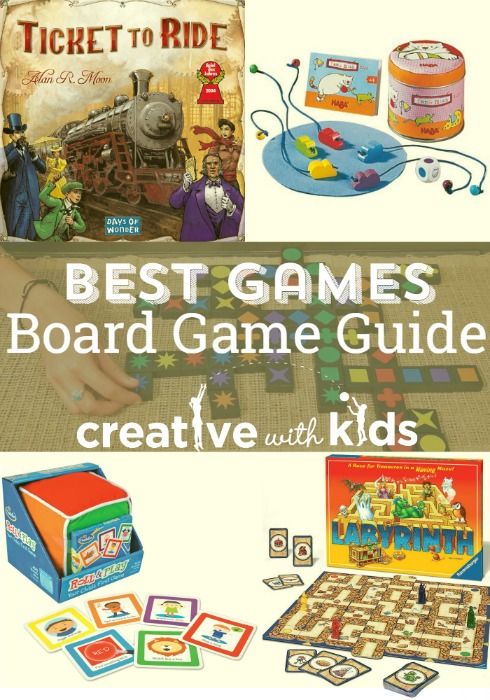 When everyone is locked up, the teams switch roles.
When everyone is locked up, the teams switch roles.
You may also like: The best streaming services in 2021
6 / 50
Monkey Business Images // Shutterstock
Charades
Charades technically requires a pencil and paper to keep score and a watch or timer, but it can be played without. Broken up into two teams, one player acts out a charade that represents a pre-selected word or phrase, and their teammates have to guess the word correctly before time runs out to score a point. It's a game that both adults and children can play together.
7 / 50
Sergey Bezgodov // Shutterstock
Captain’s coming
In this childhood classic, a group of kids pretends to be on a ship with one designated as the captain and the rest as subservient crew members who must obey the captain's orders, which could include anything from swabbing the deck to avoiding sharks. Whoever finishes an assignment last is out. When the captain boards the ship, a designated yeller shouts "captain's coming!" to saluting crew members, who the captain tries to trick into prematurely lowering their salutes.
8 / 50
Syda Productions // Shutterstock
Freeze tag
In this popular variation of tag, the "it" person chases a scattering group until grabbing someone and yelling, "freeze!" That person remains frozen until a teammate unfreezes them by tagging them—or until the game ends when everyone in the group is successfully immobilized.
9 / 50
Iakov Filimonov // Shutterstock
Red rover
This outdoor game also takes a lot of space and enough kids to form into two teams, which line up parallel to each other some distance apart. One team, designated "red rover," links their arms and yells, "Red rover, red rover send (opposing team member's name) on over!" That kid then runs at the human chain and tries to break it—if successful, the runner captures two red rover members and, if not, joins the red rover team.
10 / 50
Ragesoss // Wikimedia Commons
Duck, duck, goose
In the ultimate schoolyard recess game that is duck, duck, goose, a group of kids sits in a circle except for one who is it.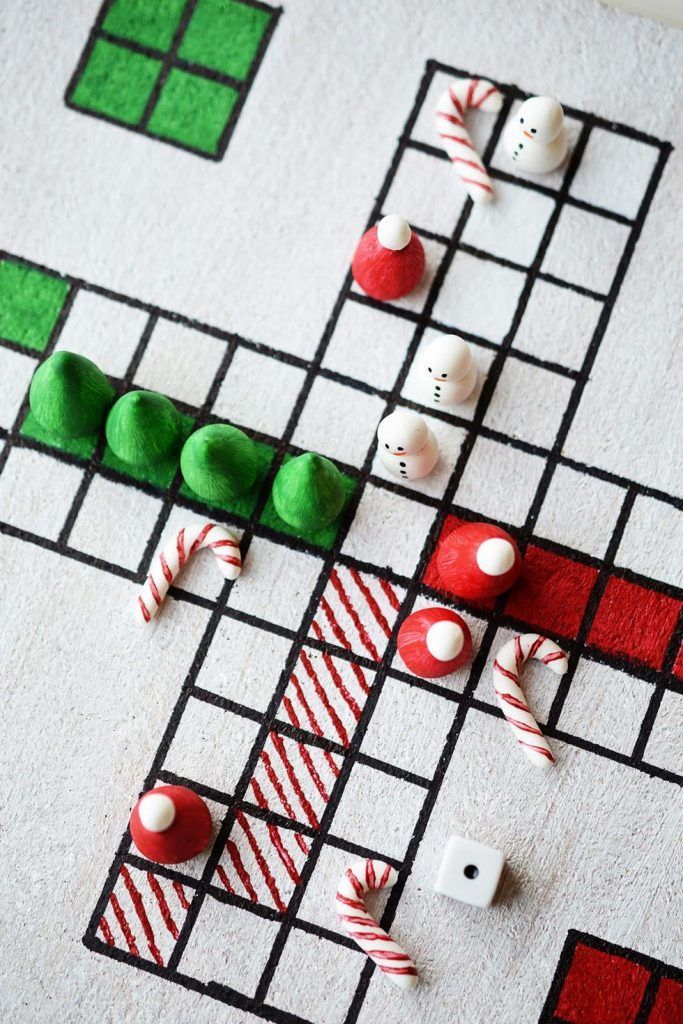 The "it" person circles the perimeter while tapping each player on the head and saying, "duck" with each tap. When the "it" person touches a person and yells "goose" instead of "duck," the chosen goose gets up and tries to chase the "it" person, who, in turn, tries to make it to the open seat first.
The "it" person circles the perimeter while tapping each player on the head and saying, "duck" with each tap. When the "it" person touches a person and yells "goose" instead of "duck," the chosen goose gets up and tries to chase the "it" person, who, in turn, tries to make it to the open seat first.
You may also like: Where U.S. first ladies went to college
11 / 50
Throwing rocks
The only things required to throw rocks at inanimate targets as a challenge between friends are rocks. They don't count as equipment, however, because anyone can find them anywhere. This game requires space and a little planning to make sure no windows, cars, animals, and most of all, people, are situated behind the target.
12 / 50
DGLimages // Shutterstock
Skipping rocks
This version requires a body of water and rocks that are flat on one side. Like the target practice variation, it can be played alone or in groups by kids or adults. Once new players get the wrist-flicking action down, they enjoy the satisfying experience of watching their rocks appear to defy the laws of physics as they bounce across the surface of the water until they lose their momentum and run out of skips.
Once new players get the wrist-flicking action down, they enjoy the satisfying experience of watching their rocks appear to defy the laws of physics as they bounce across the surface of the water until they lose their momentum and run out of skips.
13 / 50
Memory moves
If music doesn't count as equipment, several dance games deserve a place on this list—none more than memory dance. Kids, adults, or both form a circle, and one person is chosen to do a dance in the middle. Next, a person is chosen to enter the circle and mimic the dance, then another, then another, and so on.
14 / 50
Dance switch
In dance switch, the group dances independently, and one yeller is designated to call out new dance styles—like the robot, ballet, or break dancing—at random intervals. When the yeller announces a new dance, everyone in the group switches their styles.
15 / 50
Pavel L Photo and Video // Shutterstock
Dance hat
Dance hat is kind of like the rhythmic opposite of hot potato. A group dances independently while passing around a hat, and whoever is wearing the hat when the music stops wins.
A group dances independently while passing around a hat, and whoever is wearing the hat when the music stops wins.
16 / 50
Studio Romantic // Shutterstock
Dance creation
This one's simple. A group of people gathers in a circle and takes turns dancing in the center with brand new dance moves that they invent on the spot.
17 / 50
Gorodenkoff // Shutterstock
Partner switch
In this final dance game, partners compete in pairs inside circles or other predetermined areas, which get smaller as the game goes on. When either partner steps outside their circle or area, the duo is out. In the end, the only remaining pair wins.
18 / 50
Patty cake
Just like dance games, clapping games require only human bodies—and the most famous of them all is patty cake, also called pat-a-cake. Everyone knows the words ("pat-a-cake, pat-a-cake, baker's man..."), which are pantomimed by two players clapping their hands together and then high-fiving with one hand to the other person's opposing hand.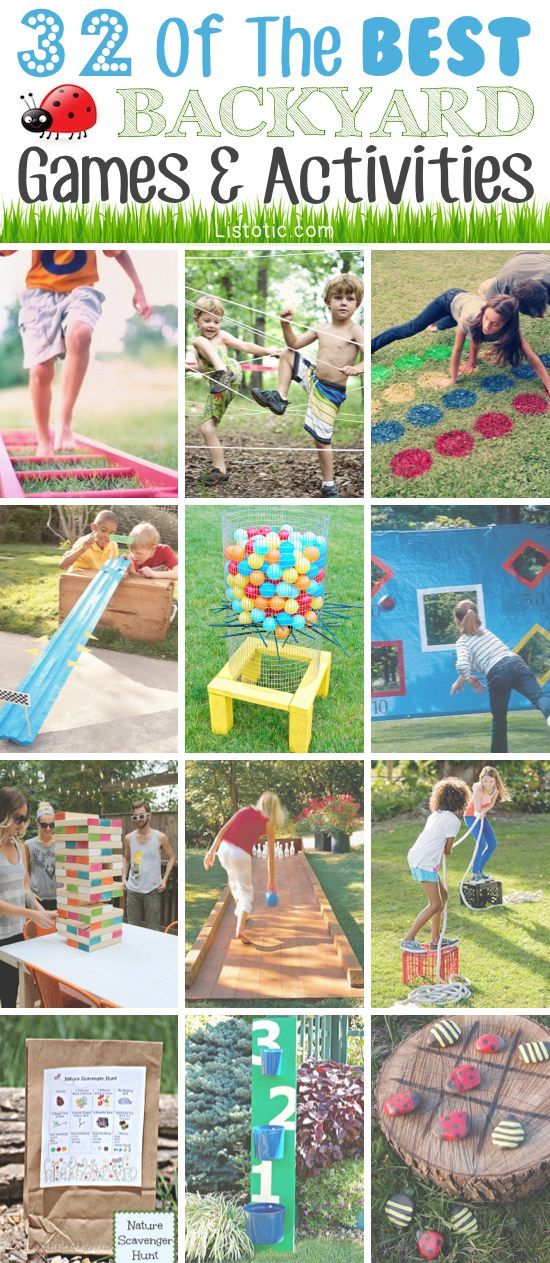
19 / 50
altafulla // Shutterstock
Say, say, oh playmate
This clap game is played to rhyming lyrics that are more comprehensive than patty cake and too long to list here. It also switches things up with a number-counting interlude that causes players to change their clapping patterns.
20 / 50
Monkey Business Images // Shutterstock
Long-legged sailor
Long-legged sailor is a clapping game with fairly basic lyrics but a much more complex clapping pattern. It introduces palms up/palms down clapping and a cadence that changes claps with every single word.
You may also like: The best streaming services for sports in 2021
21 / 50
Miss Susie
Although its lyrics involve violence against medical professionals and a boy eating an entire bathtub, Miss Susie is a classic nonetheless. With clapping patterns that are nearly the same as patty cake, it's easy to learn and involves a behind-the-back clap to mix things up.
22 / 50
Miss Mary Mack
Miss Mary Mack is one of the most famous clap games for a reason. It's fun, it's easy to learn, and its hallmark three-word repetition gives it a classic old-school recess playground feel.
23 / 50
Ring-around-the-rosy
Ring-around-the-rosy is more than just a nearly universally known nursery rhyme. Although the first known use of the phrase was in 1878, it's believed to be referencing the bubonic plague of the 14th century. It's a game that involves dancing in a circle while holding hands, singing the morbid tune, and falling to the ground when it ends. Posies are flowers that medieval superstition said could ward off disease, "ring around the rosy" signifies round rashes that come with the plague, and "ashes, ashes, we all fall down" signifies dying of the plague and being cremated—now go have fun.
24 / 50
Brocreative // Shutterstock
Jump the cracks
This game requires only two feet, a keen eye, and a sidewalk or any surface with cracks. The object of the game is to get from point A to point B without stepping on a crack. Some versions require players to chant a primitive superstition that rivals ring-around-the-rosy in terms of creepiness that in a perfect world wouldn't be involved in children's games: step on a crack, break your mother's back.
The object of the game is to get from point A to point B without stepping on a crack. Some versions require players to chant a primitive superstition that rivals ring-around-the-rosy in terms of creepiness that in a perfect world wouldn't be involved in children's games: step on a crack, break your mother's back.
25 / 50
Hide and seek
Perhaps the most famous no-tech game in history, hide and seek involves one person shielding their eyes and counting while another person or group of people scramble to find a good hiding spot. When the countdown expires, the seeker yells "ready or not, here I come," and the hunt begins.
You may also like: States with the best and worst animal protection laws
26 / 50
imtmphoto // Shutterstock
Kick the can
Although a can is the standard central object of the game, kids can play kick the can with just about anything—the game was popularized during the Great Depression when money for toys was tight. After the object is given a home base location, a group of kids hides, and one designated person looks for them. When a hider is spotted, the "it" person yells "kick the can," and they both run to see who can kick the object first.
After the object is given a home base location, a group of kids hides, and one designated person looks for them. When a hider is spotted, the "it" person yells "kick the can," and they both run to see who can kick the object first.
27 / 50
Jarek Tuszyński // Wikimedia Commons
The floor is lava
This game can be played indoors and out, and requires no actual molten rock or metal. One kid yells out, "the floor is lava," and the rest of the group scrambles to get off the floor and onto a couch, a fire hydrant, or any other safe perch before the yeller counts to five.
28 / 50
Oleg Kopyov // Shutterstock
King of the hill
Achieving power is one thing—but defending and maintaining it is the real challenge. This is the lesson learned in king of the hill. A group of children scrambles to the top of the hill, and whoever claws and scratches to the top first has to fend off the onslaught of a mob bent on regime change.
29 / 50
Lydia Liu // Flickr
Capture the flag
Similar to king of the hill, capture the flag is all about gaining and defending turf, but it's a team game.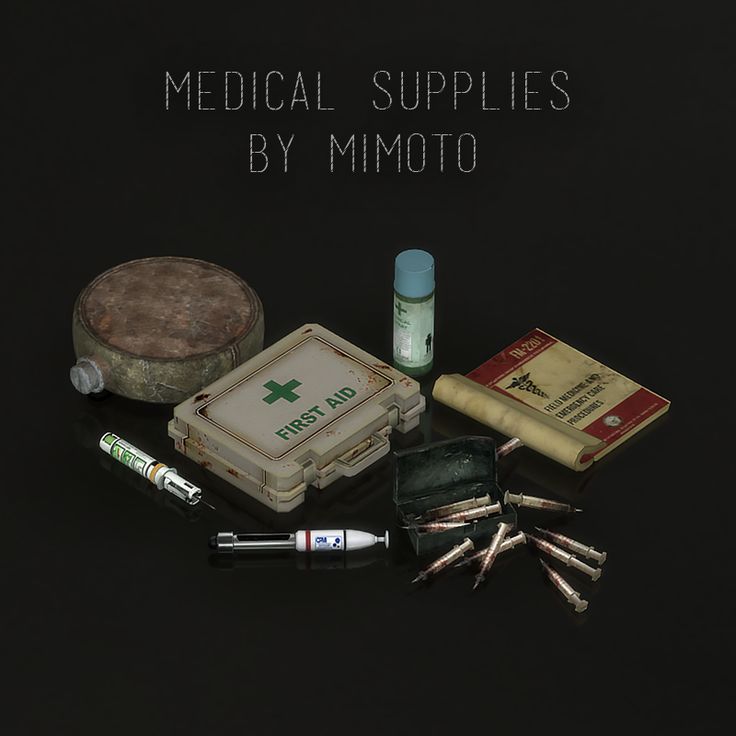 A group of kids is divided into two teams spread across an even amount of ground outside with a flag—or any object—placed in each team's space. Starting from a neutral location, the kids then use cunning, deception, and brawn to get the other team's flag and return it to their space before the other team does the same to them.
A group of kids is divided into two teams spread across an even amount of ground outside with a flag—or any object—placed in each team's space. Starting from a neutral location, the kids then use cunning, deception, and brawn to get the other team's flag and return it to their space before the other team does the same to them.
30 / 50
Hopscotch
Hopscotch technically requires chalk to draw a geometric pattern on the pavement, but any visible markers will do. In a series of essentially infinite combinations, children hop with one foot or two in predetermined sequences, sometimes picking up markers as they go.
You may also like: The best streaming services for football in 2021
31 / 50
Steven Depolo // Wikimedia Commons
Simon says
Simon says requires kids to follow basic instructions like raise your hands or stand on one foot at the direction of a designated yeller—but only if the yeller first says, "Simon says.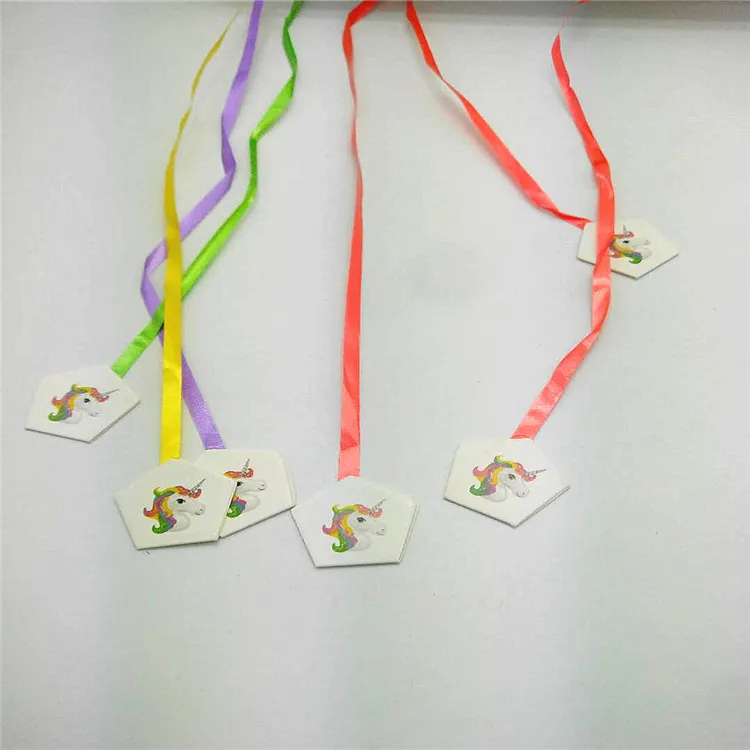 " If someone acts without hearing that prompt, they're out.
" If someone acts without hearing that prompt, they're out.
32 / 50
Shadow tag
In this game, the same rules from regular tag apply. In this case, however, the "it" person has to tag the shadow of another kid to make that kid "it."
33 / 50
Syda Productions // Shutterstock
TV tag
TV tag, too, follows the same rules as tag, but it offers players a unique defense mechanism. To avoid being tagged, a kid can yell out the title of a previously unmentioned television show just before the touch is made.
34 / 50
Pressmaster // Shutterstock
Whisper down the lane
Often called telephone, whisper down the lane starts with one person whispering a phrase to the person next to them, who then whispers the same phrase—or their interpretation of it—to the next person, and so on. Hilarity ensues at the end when the mangled remnants of the phrase are compared to the original.
35 / 50
WoodysPhotos // Shutterstock
Hot potato
Both kids and adults can play hot potato with or without an actual spud—any tossable and catchable object will do.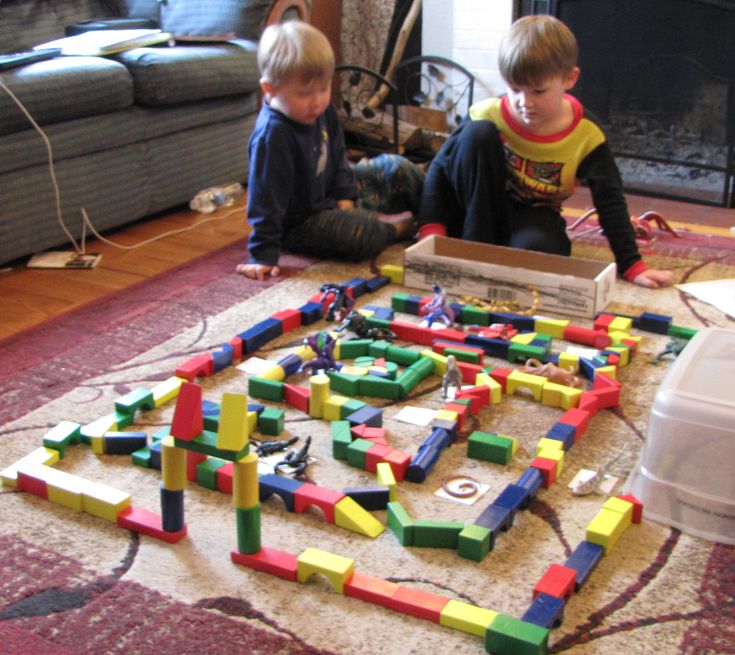 The object is tossed from one person to the next as the music plays, and when the music stops, whoever is stuck holding the object is out, and the process repeats until only the winner remains.
The object is tossed from one person to the next as the music plays, and when the music stops, whoever is stuck holding the object is out, and the process repeats until only the winner remains.
You may also like: Most popular dog breed the year you were born
36 / 50
Iakov Filimonov // Shutterstock
Musical chairs
This game, too, weeds out players via music. The group stands up and walks around a perimeter of chairs with one chair missing, and when the music stops, whoever is standing at the empty spot is out. Then another chair is removed, and the game is repeated until the winner is left standing.
37 / 50
Monkey Business Images // Shutterstock
Crack the whip
In crack the whip, a group of kids joins hands and follows the leader, who zigs and zags and runs and turns. The rest of the group does its best to keep up and, in doing so, looks like a whip cracking as it goes.
38 / 50
Button, button, who's got the button?
This game requires a button, but any object small enough to hide in a child's hand—like a coin—will suffice.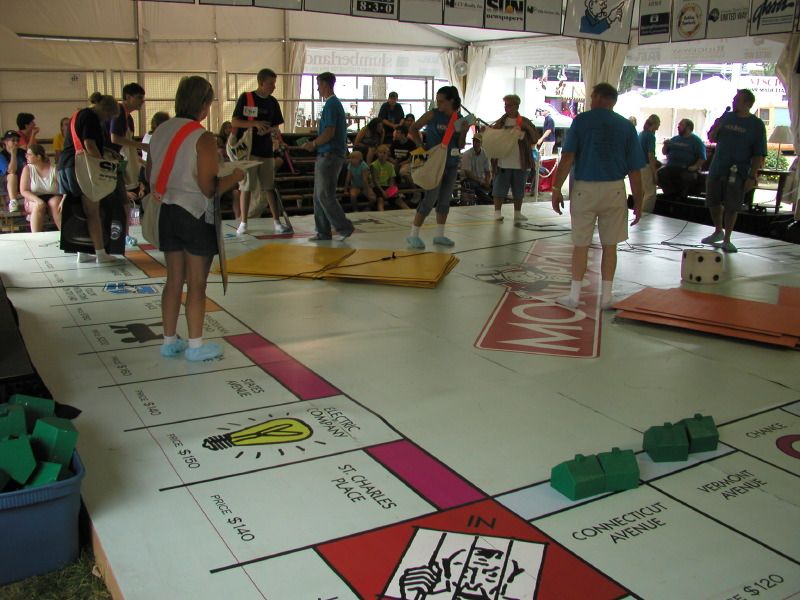 The "it" person touches the outstretched hand of each child in a group and puts the object in the hand of only one. No one but the "it" person and the button-holder knows who really has it, and the other children have to guess.
The "it" person touches the outstretched hand of each child in a group and puts the object in the hand of only one. No one but the "it" person and the button-holder knows who really has it, and the other children have to guess.
39 / 50
Gorodenkoff // Shutterstock
Heads up 7-up
This classroom favorite is led by one "it" person who touches the heads of six people in the class while every student has their heads down on their desks. When six have been touched, the teacher calls out "heads up 7-up," and the players try to guess who among them was "it."
40 / 50
SeventyFour // Shutterstock
Blind man's bluff
An ancient game dating to at least 2,000 years ago in Greece, blind man's bluff is kind of like tag with a twist. The "it" person is blindfolded and spun around until disoriented and dizzy. The others then call out "blind man" as the "it" person tries to tag them by the sound of their voices.
You may also like: Space discoveries that will blow your mind
41 / 50
Marco Polo
The greatest pool game in history, Marco Polo, also deals with an "it" person whose eyes are closed and chasing the voices of the others.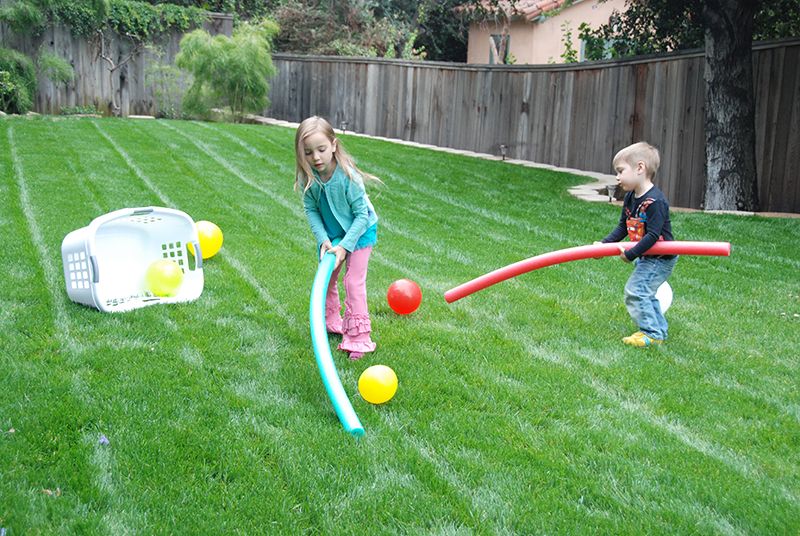 In this case, however, the "it" person calls out "Marco," and the others respond with "Polo." If someone illegally exits the pool and the "it" person hears, he or she calls out "fish out of water," and that person becomes "it."
In this case, however, the "it" person calls out "Marco," and the others respond with "Polo." If someone illegally exits the pool and the "it" person hears, he or she calls out "fish out of water," and that person becomes "it."
42 / 50
fizkes // Shutterstock
Johnny on a pony
Also called buck-buck, Johnny on a pony has several variations, all of which involve one group of riders jumping on the backs of another group who line up to mimic a pony. In one version, the pony team tries to buck the riders. In another, the riders try to break the pony.
43 / 50
SFROLOV // Shutterstock
Steal the bacon
This game requires a good amount of space outside and enough kids to form two teams separated into two opposing areas with a piece of imaginary bacon (which could be any object) in the middle. Each team member is assigned a number, and when a teacher, parent, or neutral kid calls a number, the corresponding kid on each team races to snag the bacon.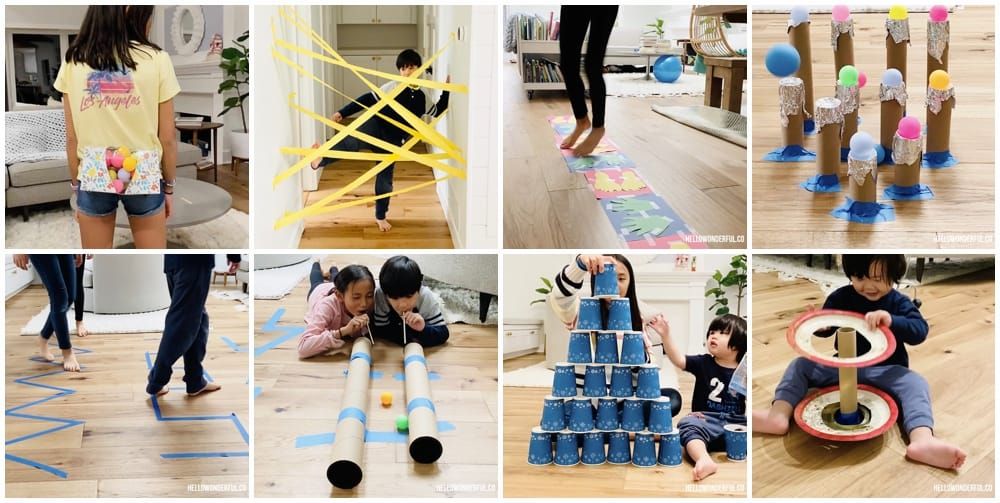
44 / 50
George Rudy // Shutterstock
Arm wrestling
This one-on-one competition of strength, timing, technique, and endurance pits one arm wrestler against another. All it takes is two chairs, a hard surface like a table, and a pair of dueling arms.
45 / 50
Jacob L. // Shutterstock
Sardines
Hide and seek flipped backward, sardines involves a group of kids hiding their eyes, counting, and finally searching for one hiding child. As they find the hiding kid, they join that kid in the hiding spot, lying close together like sardines.
You may also like: 50 ways America is projected to change by 2050
46 / 50
StaceStock // Shutterstock
Staring contest
In this age-old battle of wills and retinas, two players face off by staring into each other's eyes. Whoever blinks or looks away first loses.
47 / 50
LightField Studios // Shutterstock
Monkey in the middle
Monkey in the middle is a keep-away game played with a small group of children. As the name implies, the monkey stands in the middle and tries to snag a ball or other object out of the air as the other kids pass the ball to each other over the monkey's head.
48 / 50
Monkey Business Images // Shutterstock
I spy
Generations of parents have passed the time during long car trips with I spy. One player uses phrases like "I spy with my eye" and then give a descriptive statement, like "something red." The other player then looks for red things and guesses what player one was seeing.
49 / 50
Monkey Business Images // Shutterstock
License plate game
Another road trip classic is the license plate game. The object is simple—participants keep an eye out for state license plates they haven't seen yet and keep track of how many different ones they spot.
50 / 50
Vuk Vukmirovic // Shutterstock
Slap hands
Sometimes called hot hands, red hands, or slapsies, this two-player game is not for the timid. One player places their hands palms up, and the other player puts their hands over the first person's hands palms down. The under person tries to flip their hands and slap the top of the second player's hands before they can pull them away.
You may also like: Can you answer these real 'Jeopardy!' questions about cats?
Trending Now
Movies Movies Education TVGames for a group of friends at the table
Published:
Do you know how to turn bored guests into a team of friends and like-minded people? Offer them games for the company, which will immediately distract from the TV, phones, news and problems. The lack of live communication has again made the games in the company relevant. Take on board the description of interesting games.
The lack of live communication has again made the games in the company relevant. Take on board the description of interesting games.
Polygraph game
Most often relatives gather for family occasions. This means that parents and children, grandparents and other relatives are at the table. They want to relax and unwind.
There are simple games for four, six or more doubles. One of them is Polygraph. It requires small pieces of paper and pens or pencils. Preparing for the game does not take much time:
- All those present are given pieces of paper and pens.
- Everyone should write up to 10 notes with different words denoting some objects.
- All notes are rolled up and collected in a basket.
Then the game starts:
- Guests are divided into pairs, each pair is located opposite each other.
- One participant takes out a note, reads the word in it to himself, tries to portray it to his partner with gestures and facial expressions.
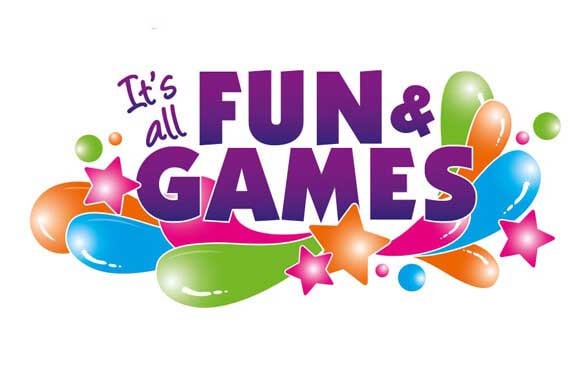 Another version of the game is called the signs or purpose of the object.
Another version of the game is called the signs or purpose of the object. - The partner must guess and name the item.
- If you guessed correctly, they pull out the next note, and the process repeats. Didn't guess - the note is sent back.
- This game is against the clock. For example, it is stipulated that each pair plays half a minute or a minute. Their task is to guess more words, collect more notes.
Time out - basket with notes is given to another couple. The winners are the two with the most guessed words.
Games for the company at the table: YouTube/AdMe.ru - Website about creativityEntertaining games: “Ha-ha!”
If your guests are bored, it's a matter of honor for the host to stir them up and set the party on fire. Funny games for the company are very simple, they do not need props:
- The leader stands up and says seriously: “Ha!”
- The next participant also stands up and continues: "Ha ha!"
- So all the guests join in turn, adding another "Ha!" But the task of everyone is to be creative, to diversify their words with facial expressions, pathos, singing.
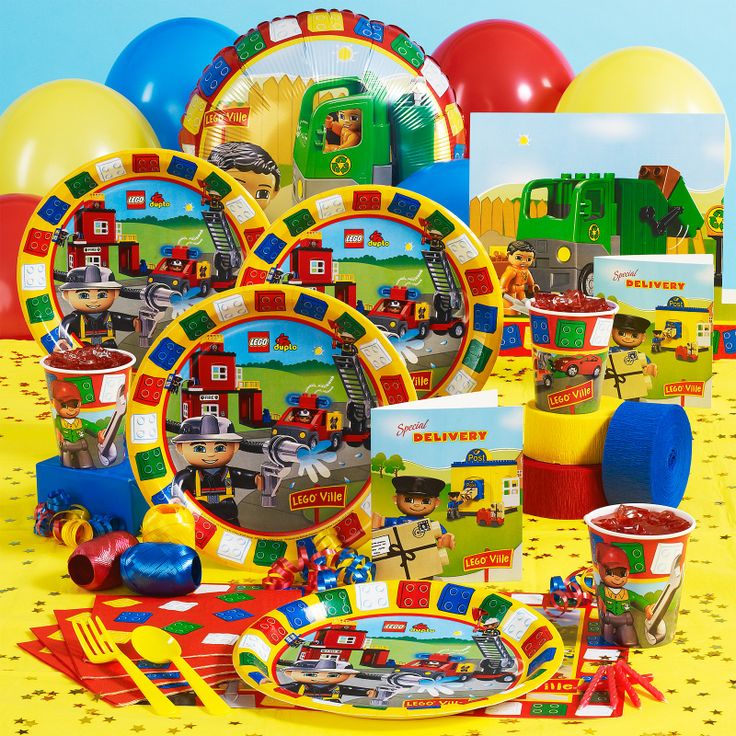
The game took place when the main task was completed - everyone laughs.
Screenplay game
This intellectual game will amuse a group of creative people. It can also be used by teenage students.
You will need a fairly long sheet of paper and a pen to play this game. Agree in advance what you will compose - a fairy tale, an action movie, a melodrama, etc. The game consists of the following:
- The first participant writes one line of the script, whichever comes to mind according to the genre. At the same time, he must step back from the top of the sheet 1–2 cm.
- The second one continues the story with his sentence, tying it to the first phrase. Then wraps the top of the sheet, covering the first line.
- Only the last phrase should be visible to the third and subsequent participants. They continue it, then wrap the sheet, leaving only their offer visible.
If there are few guests, you can start the script around the second round until the entire sheet is filled out.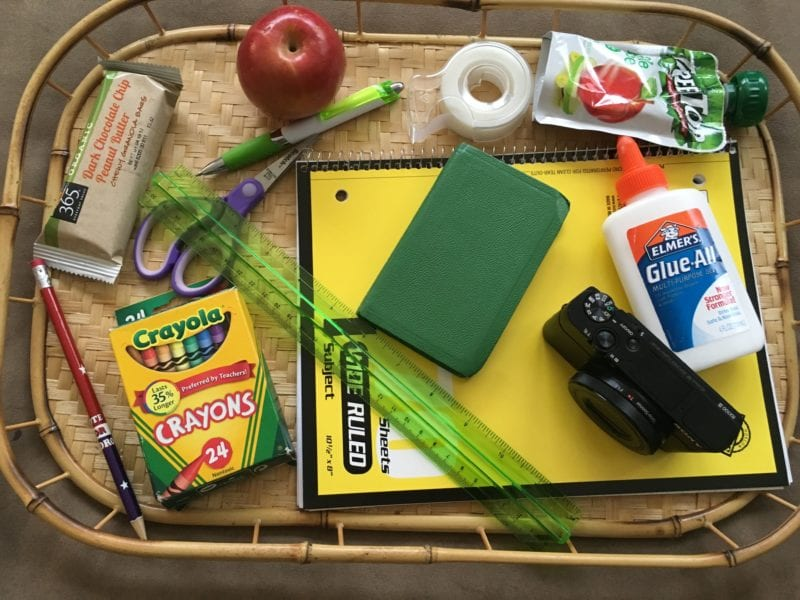 Then the presenter unfolds it and reads artistically, with expression, all the phrases in a row of this collective creation. Usually friendly laughter begins from the first lines.
Then the presenter unfolds it and reads artistically, with expression, all the phrases in a row of this collective creation. Usually friendly laughter begins from the first lines.
“Alphabet is nearby”
Word games for a large company are most suitable, because they do not require any preparation. Everyone present will be drawn into this fun game, it is fast and productive - the winner is revealed unexpectedly. The course of the game is:
- The presenter calls any letter of the alphabet, except for signs and those for which there are no words (s, s).
- Participants must quickly name in turn one object with this letter, which are on the table, in the room, on guests, etc. Moreover, the objects must be visible to everyone, they can be pointed to.
The winner of the game will be the participant who said the last word, no one can say anything after him.
Song Ping-Pong
Many companies like to sing at the table.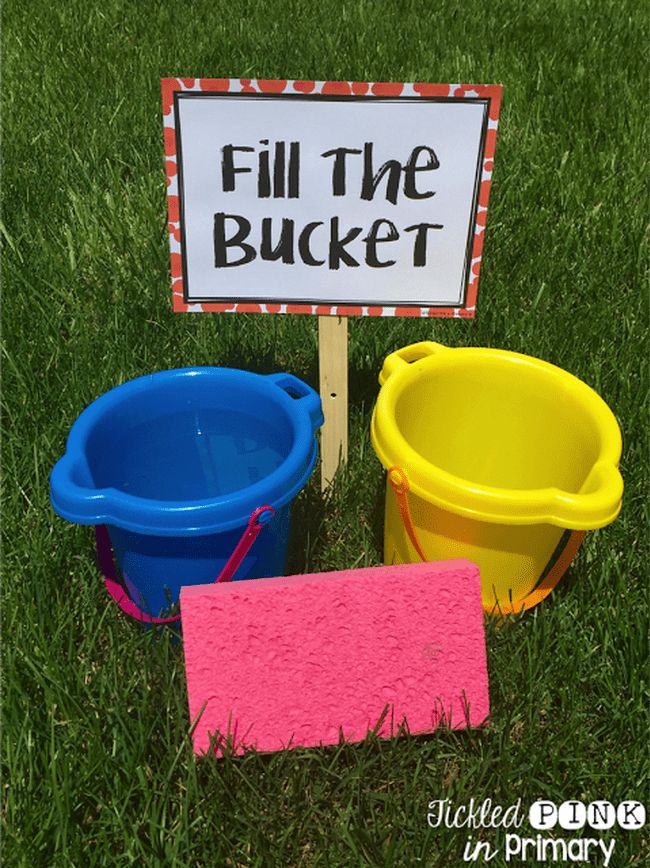 But drinking songs often freeze at 1-2 verses. But there are interesting games for the company, in which you can perform a line or two from a song.
But drinking songs often freeze at 1-2 verses. But there are interesting games for the company, in which you can perform a line or two from a song.
Vocal data is not important for this game:
- The first vocalist sings one song phrase.
- The second catches any word from the sung line. The main thing is that he can quickly sing a phrase from another song in which this word will be.
- The third one already had an association with some word and remembered another song.
This game can be played out of order by taking over from a neighbor. The one who quickly comes to mind needs a line can sing his phrase. The fun from such singing is provided to the whole company.
Games for a company: YouTube/AdMe.ru - Site about creativityGames for a small company: Burime in order
Birthday games at the table can be combined with congratulations. The proposed game is dedicated to them. Burime is the composition of humorous poems to given rhymes.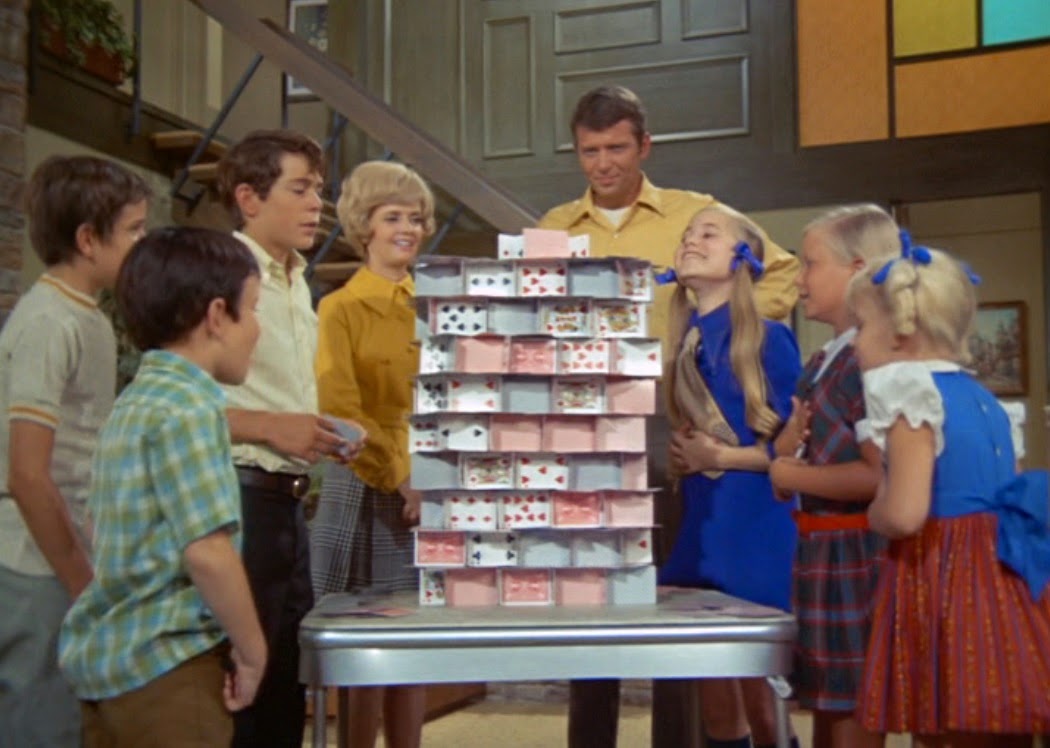
But in this case, the guests compose congratulations or greetings. It is not necessary to use the verse form. The main condition is to start the congratulations, starting from the last word of the previous speaker. As an option, all congratulations should begin with some word or letter.
Based on the results of the game, the winner is determined - the author of the funniest greeting. This is decided by popular vote.
"Chipmunk Speaker"
Interesting games for teenagers involve some transformations. The main thing is to be funny and fun.
For this game you should stock up on:
- tasty things to fill your mouth with - nuts, cookies, marshmallows;
- also need paper, pen;
- any ready-made texts - prose or poetry.
The players are divided into pairs, and then the most interesting:
- One of the players (“chipmunk”) stuffs “cheek pouches” with food.
- He is given a ready-made text, which he must read clearly and with expression with his mouth full.

- His partner is a stenographer. His task is to write down for the speaker what he heard and understood.
- The transcript is then compared with the original text. You won't read it without laughing.
The winner is the pair that most accurately conveyed the text. But the audience award for acting performance can also be played.
Games for the company at the table: YouTube/AdMe.ru - A site about creativity"Associations"
There are intellectual games for a company of friends in which everyone knows each other well. The game "Associations" can reveal something new, unexpected in friends, not only for the company, but also for the person himself:
- The leader leaves the room.
- The rest decide which of them will be the object of recognition at this stage, the hero.
- The presenter enters, his task is to determine which of the friends he is talking about with the help of leading questions and answers. He can ask which of the animals, birds, trees, objects this person is associated with.

- Players answer these questions by offering their associations, opinions, impressions. The number of questions can be predetermined.
- Based on the answers, the facilitator should name the person they were talking about.
But even more interesting than the game itself can be an exchange of opinions about it. The person himself is most interested in why he caused such associations. It is important that everyone has a sense of humor, and the characteristics are not too offensive.
"Who am I?"
Games for an adult company can use the intellectual potential of the participants, for example, a game to guess the hero. All guests write on separate pieces of paper the names of celebrities - movie characters, cartoon characters, books, etc. All notes are twisted or folded, collected and mixed. The game starts:
- One player draws a note.
- Gives away to other players without looking at it. Everyone takes turns silently reading who is named in the note.

- The facilitator asks them: "Who am I?"
- Everyone takes turns talking about the hero from the note without naming him. They try to describe the character beautifully, extensively, but without direct hints.
- The facilitator can ask a couple of clarifying questions, then guess which character they are talking about.
The most ingenious player is awarded a prize.
This is how fun and interesting any company can spend an evening. In the proposed games, you can apply your own options, change the rules, adapt the conditions for any number of players. Here, as nowhere else, the main thing is not victory, but participation.
Original article: https://www.nur.kz/leisure/entertainment/1698590-igry-dlya-kompanii-druzey-za-stolom/
24 fun outdoor games for 4-5 year olds in the summer
Summer outdoor games for 4-5 year olds are very important, because this is the age for activity and irrepressible energy, which is important to direct in the right direction.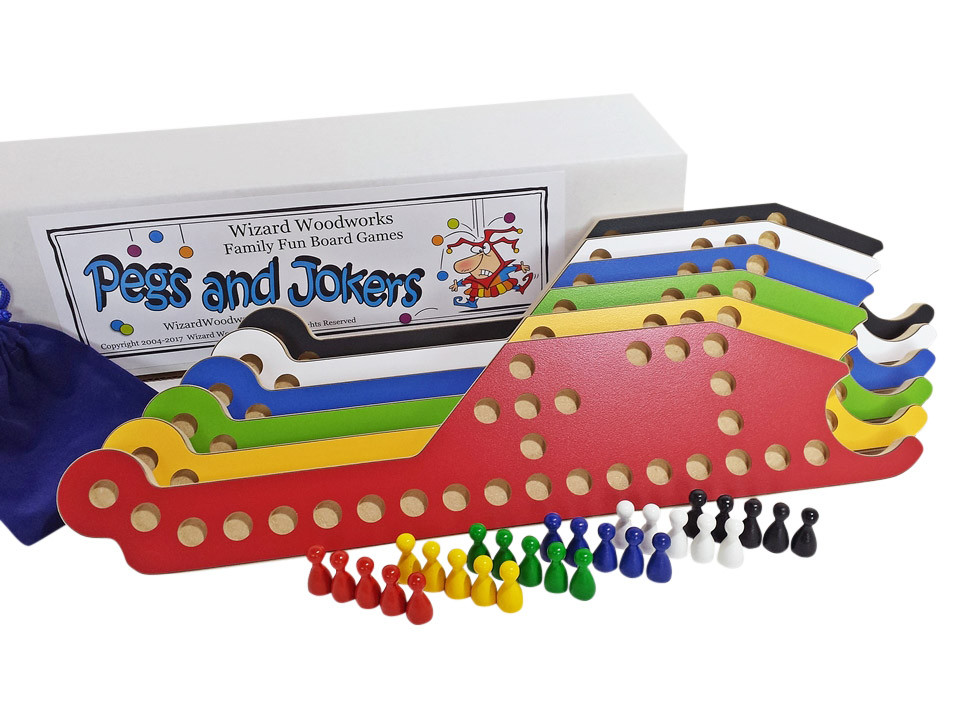
Outdoor games for children 4-5 years old in summer will help children learn to interact with each other in the form of a game.
Game 1. Sparrows and a cat.
Children stand along the walls on benches, on large cubes or in hoops placed on the floor. These are “sparrows on the roof” or “in nests”.
A "cat" is sitting at a distance, the role of which is played by one of the children.
“The sparrows have flown,” says the teacher. Sparrows jump off the roof or jump out of the nest and, spreading their wings, that is, stretching their arms to the sides, run scattered around the room.
CAUTION! SIGN UP FOR COURSES! SET IS GOING!More details on the page: https://academy.multi-mama.ru/product/multi-predlozhenie/
Meanwhile the cat is sleeping. But then she wakes up, says: “Meow-meow!” and runs to catch up with sparrows, which should hide from her on the roof or nests, taking their places.
Having caught the sparrows, the cat takes them to her house.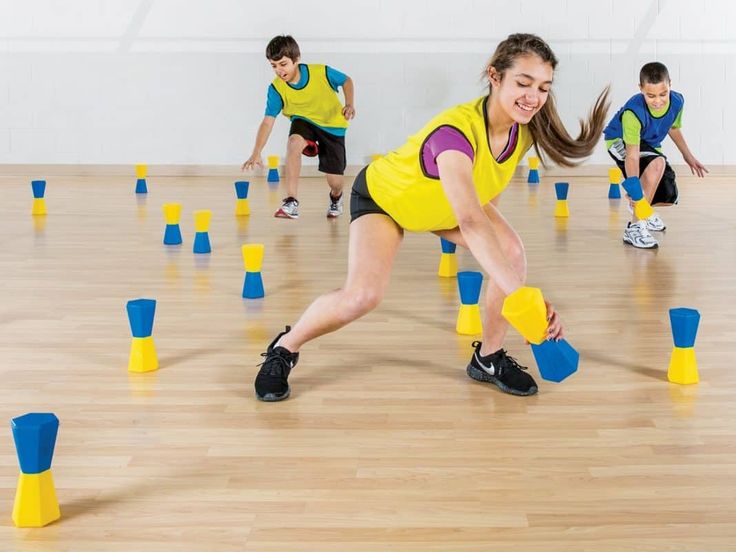
***
Game 2. Cucumber.
At one end of the playground there is a “trap” teacher, at the other end there are children. Children approach the trap by jumping on two legs, saying the words:
Cucumber, cucumber,
Don't go to that tip:
A mouse lives there,
It will bite off your tail.
At the end of the words, the children run to their places, the trap catches them.
***
Game 3. Find your color.
Children receive flags of 3-4 colors: one - red, others - blue, others - yellow, and group 4-6 people in different corners of the room. In each corner, the teacher puts a colored flag (red, blue, yellow) on a stand.
At the signal of the teacher "Let's go for a walk!" Children disperse around the playground in groups or alone. At the signal of the teacher “Find your color!” children run to the flag of the corresponding color.
***
Game 4. Find a mate.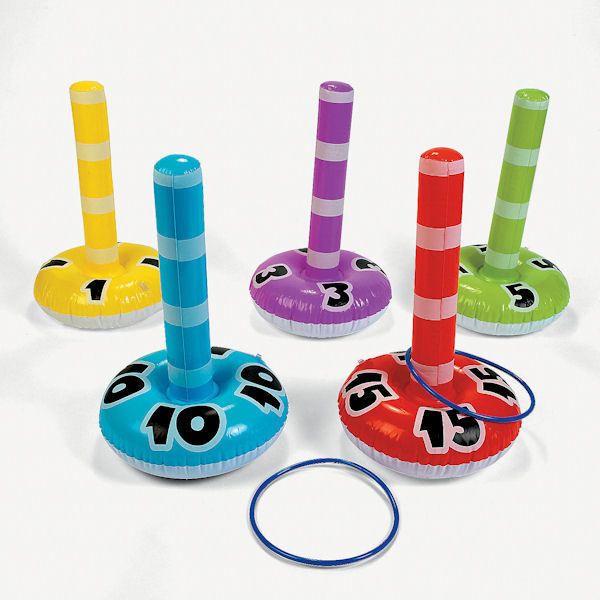
For the game you need to prepare flags according to the number of children. Half of the flags are of one color - the rest of the other. Children receive one flag each. At the signal of the teacher, the children scatter around the playground. On another signal, children with the same flags find a mate for themselves.
The game must accept an odd number of children so that one of the players is left without a partner. Turning to the one left without a pair, all the players in chorus say:
Vanya, Vanya, do not yawn, choose a pair for yourself.
Then, on the stroke of the tambourine, the children scatter again, the game is repeated.
***
Game 5. Tram.
Children stand along the wall of the room or side of the playground in a column in pairs, holding each other's hands. With their free hand, they hold a cord, the ends of which are tied (one holds with his right hand, the other with his left).
The teacher is in one of the corners of the room and holds in his hand three colored flags (circles, cards) - yellow, red, green.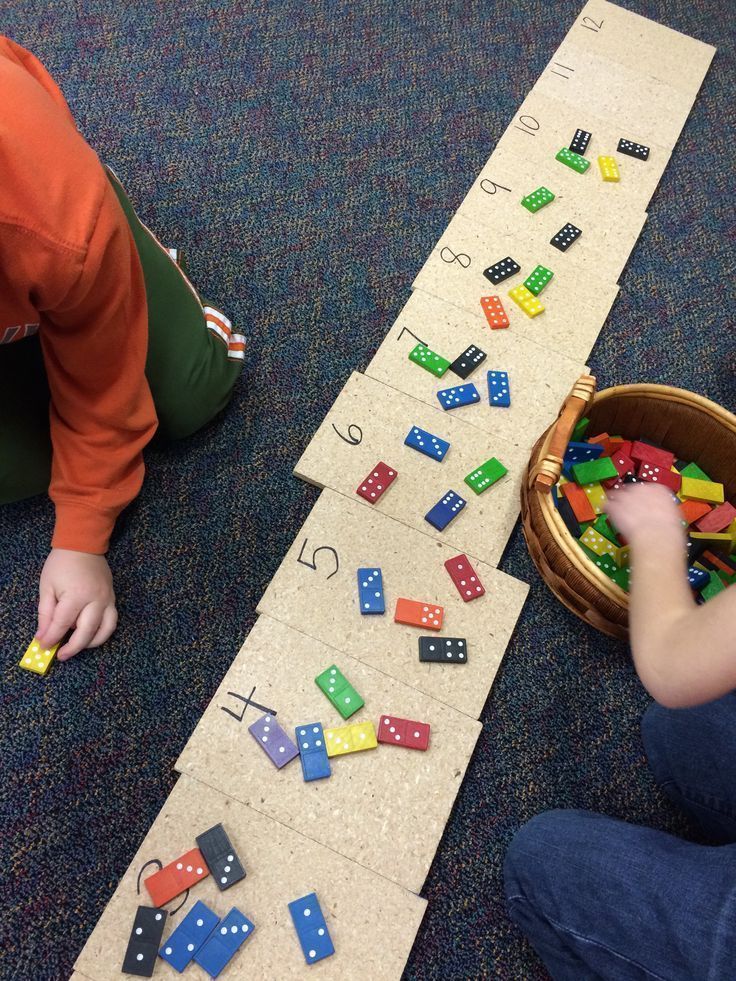
The teacher raises a green flag, and the children run, the tram moves.
Having reached the teacher, the children look to see if the color of the flag has changed: if the green flag is raised, the movement continues; if a yellow or red flag appears, the children stop and wait for the green color to appear so that they can move again.
***
Game 6. Horses.
Children become couples. In a pair, one is a “horse”. The other is a "carrier". The reins are used, or the children hold each other by the belt. The teacher says:
Let's go, let's go, with nuts, with nuts
To grandfather for a turnip, for a boy,
for sweets, for hunchbacks.
At the end of the text, the children continue to run in the same rhythm to the teacher's pronunciation: "Hop, hop," they run until the teacher says: "Whoa."
***
Game 7. At the bear's forest.
A line is drawn at one end of the court. This is the edge of the forest.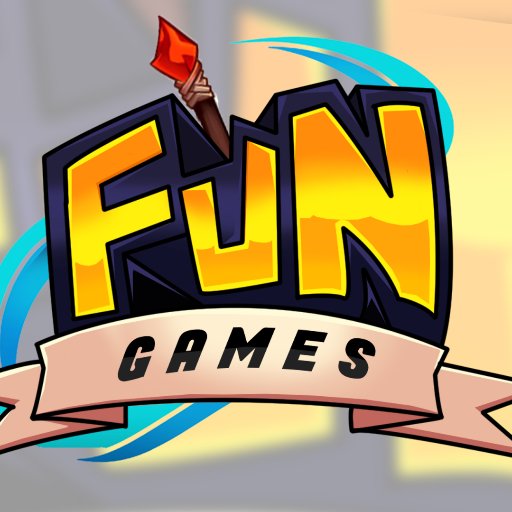 Behind the line, at a distance of 3-2 steps from it, a place for a bear is outlined. On the opposite side is indicated by the line "children's house". The teacher chooses a bear with a rhyme. The teacher says: "Let's go for a walk." Children go and say the words:
Behind the line, at a distance of 3-2 steps from it, a place for a bear is outlined. On the opposite side is indicated by the line "children's house". The teacher chooses a bear with a rhyme. The teacher says: "Let's go for a walk." Children go and say the words:
In the bear's forest
Mushrooms, berries run,
But the bear does not sleep,
Everything growls at us.
The bear must remain seated. When the players say the last “growls”, the bear gets up with a growl and catches up with the children who run to their “home”. Caught, the bear leads to itself.
After the bear catches 3-2, a new bear is chosen.
***
Game 8. Horsemen.
A group of children stand at one end of the playground.
The teacher gives everyone a stick 50-60 cm long. Children sit on a stick and ride to the opposite side of the playground, pretending to be horsemen, trying not to bump into each other and not to touch objects, equipment located on the playground.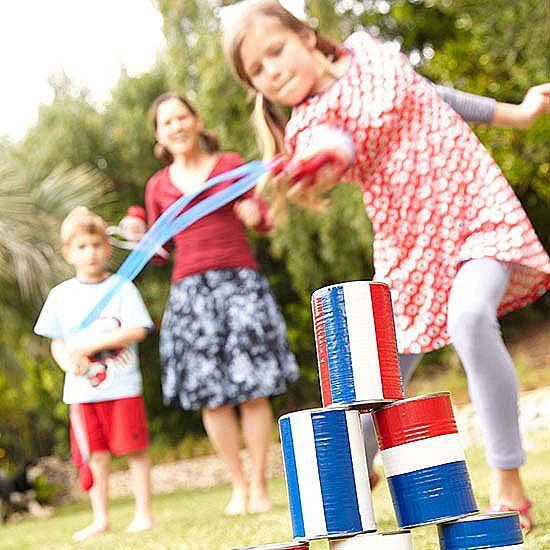
While playing, the teacher can ask the children to move faster or slower in different directions. When children learn to run fast, you can arrange competitions.
***
Game 9. Taxi.
Children stand inside a large hoop (1m in diameter), hold it in lowered hands: one on one side of the hoop, the other on the opposite side, one after the other. The first child is a taxi driver, the second is a passenger. Children run around the playground or along the path. After a while they switch roles.
2-3 pairs of children can play at the same time, and if the area allows, then more. When children learn to run in one direction, the teacher can give the task to run in different directions, make stops. You can mark the stopping point with a flag. At the bus stop, the passengers change, one gets out of the taxi, the other sits down.
***
Game 10. Hares and wolf.
Children - hares hide behind bushes and trees.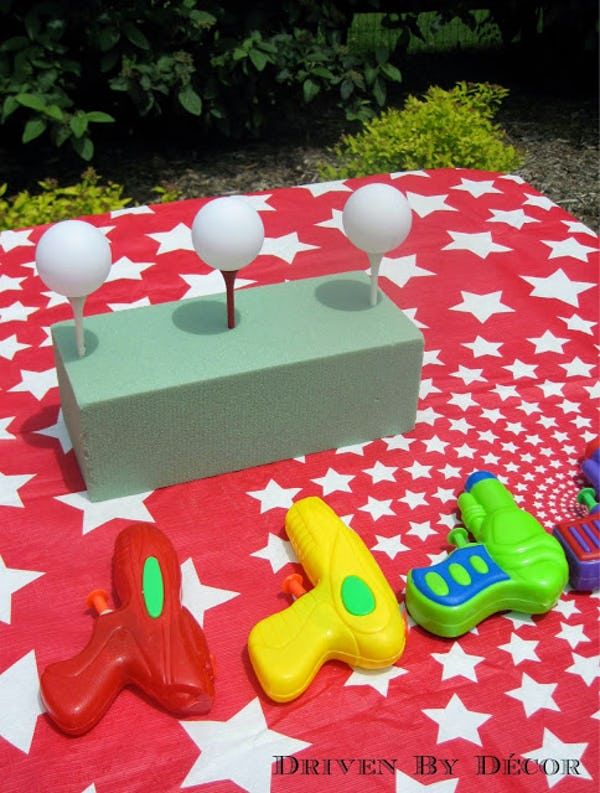 To the side behind the bush is a wolf. Hares run out into the clearing, jump, nibble grass, frolic. At the signal of the teacher: “The wolf is coming!” - hares run away and hide behind bushes, under trees. The wolf is trying to catch up with them. In the game, you can use a small test:
To the side behind the bush is a wolf. Hares run out into the clearing, jump, nibble grass, frolic. At the signal of the teacher: “The wolf is coming!” - hares run away and hide behind bushes, under trees. The wolf is trying to catch up with them. In the game, you can use a small test:
Bunnies jump, jump-jump,
on a green meadow.
They eat grass.
Listen carefully,
Is the wolf coming?
Children perform the actions described in the poem. With the end of the words, a wolf appears and begins to catch hares.
The child acting as a wolf should be away from the bushes where the children are hiding.
***
Game 11. Rabbits.
Chairs are arranged in a semicircle on one side of the room, with the seats inside the semicircle. These are rabbit cells.
On the opposite side is the caretaker's house.
In the middle there is a lawn where the rabbits are let out for a walk.
Children stand behind the backs of chairs, at the instruction of the teacher they squat down - rabbits sit in cages.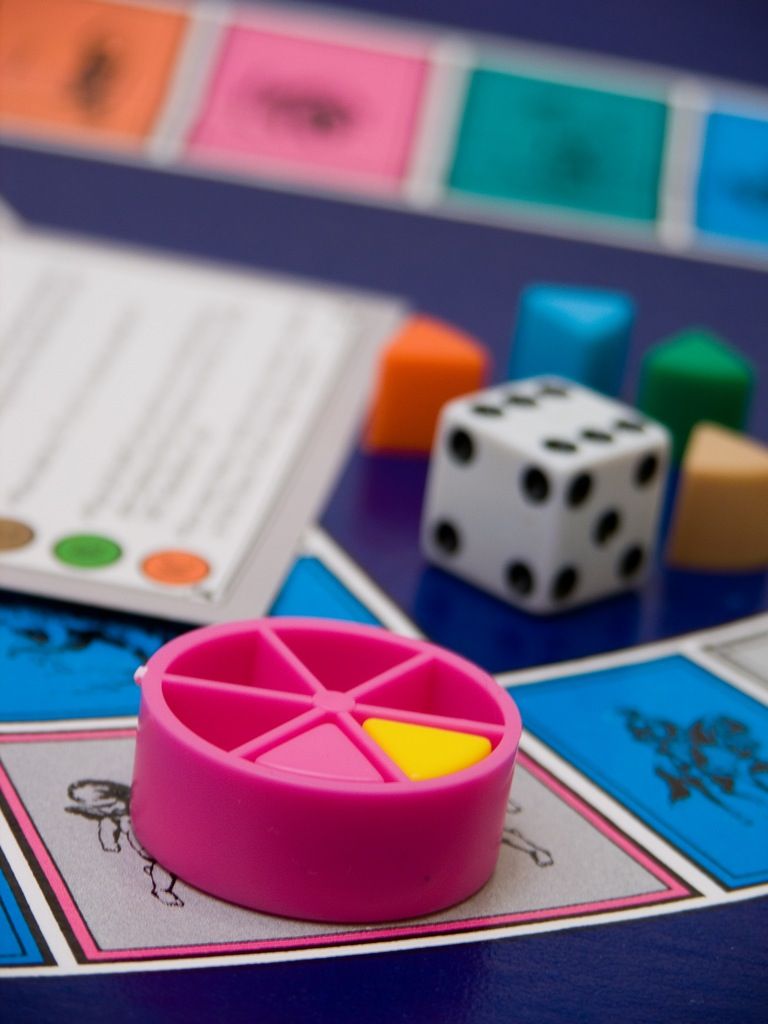
The teacher - "watchman" comes to the cage and releases the rabbits into the meadow: the children crawl out from under the chairs one by one, and then jump, moving forward all over the lawn.
At the teacher's signal "Run into the cages!" the rabbits return to their places, crawling under the chairs again.
The teacher should make sure that the children, crawling under the chairs, try not to touch them with their backs.
Instead of chairs, crawling arches or sticks or slats placed on the chair seats can be used.
***
Game 12. Don't be late.
The teacher places the blocks on the floor. Children stand at the cubes. At the signal of the teacher, they scatter throughout the room, at the signal “Don’t be late!” run to the cubes. Initially, children can run up to any free object, gradually they get used to taking their place. When repeating the game, you can invite children to run like horses.
During the game, the teacher makes sure that the children run away from the cubes, do not bump into each other, help each other find their cube when the signal sounds.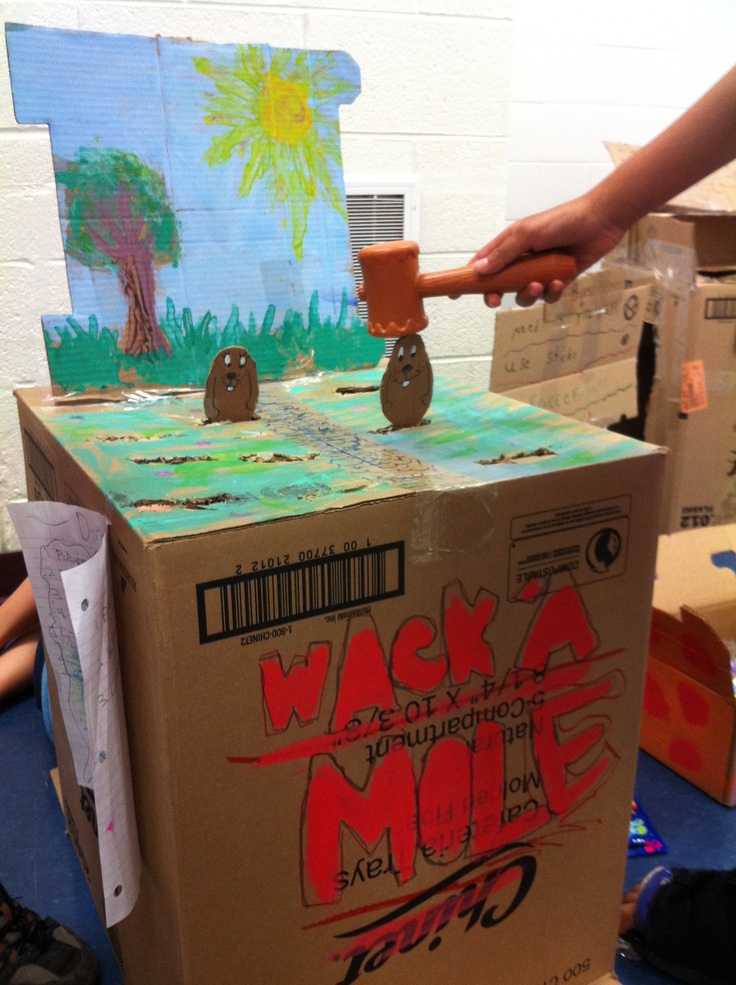
***
Game 13. Chickens in the garden.
In the middle of the site a large space is limited - a vegetable garden. On the one hand, there is a watchman, on the other, a chicken coop, in which “chickens” are children. The role of the watchman is performed by the teacher or one of the children.
At the signal “Chickens are walking”, children crawl under the cords, walk in the garden, look for food, run. The watchman notices chickens in the garden and drives them away - he claps his hands, saying "shoo-shoo". Chickens run away, crawl under the cord, hide in the house. The watchman goes around the garden and also returns home.
***
Game 14. Find your house.
Each child chooses a house for himself. It could be a flat hoop…. On a signal, the children run out to the playground and run in different directions. At the signal "Find your house!" occupy houses.
***
Game 15. Move faster.
Children should run lightly, in different directions, without bumping; do not run up to the house until the signal "Hurry in the circle!"
On the site draw a circle with a diameter of 4 meters in the middle - a smaller circle with a diameter of 2 meters. Children walk one after another in a large circle. A teacher walks between the large and small circle. At the signal "Hurry up in a circle!" the children try to run into a small circle, the teacher catches them, those caught stop in place. Then they again become in a circle.
Complication: the teacher chooses an assistant.
***
Game 16. The guys have a strict order.
At the first signal, the players scatter from the line and utter a chant: “The guys have a strict order, they know all their places, well, blow more cheerfully: tra-ta ta, tra-ta-ta”. At the second signal, everyone quickly lined up.
At first, you can stand in free places, but by the end of the year you will be in your place.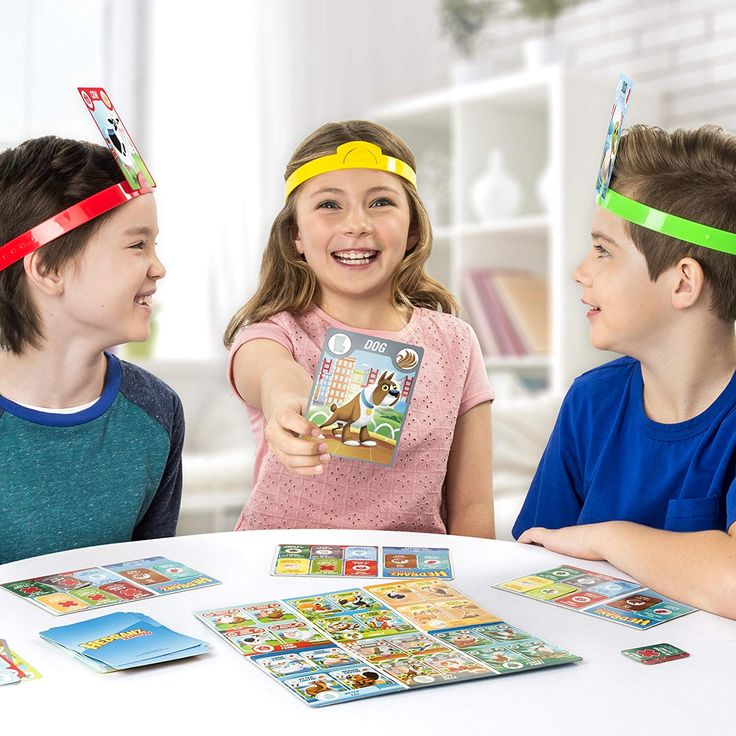
***
Game 17. My cheerful sonorous ball.
Children stand in a circle, the teacher with a basket of small balls in the center. All together pronounce the words:
My cheerful sonorous ball
Where did you rush to jump
Red, yellow, blue,
Can't keep up with you.
At the end of the words, the teacher throws the balls up so that they scatter in different directions. Children must quickly put them back into the basket.
***
Game 18. In an even circle.
Children, holding hands, rhythmically walk in a circle, say:
“In an even circle one after another
We are walking step by step, stand still!
Do this together together!”
At the end of the words they stop and repeat the movements that the teacher shows, for example, turn around, bend over. You need to rhythmically go in a circle, keeping the interval; don't go into the circle.
***
Game 19.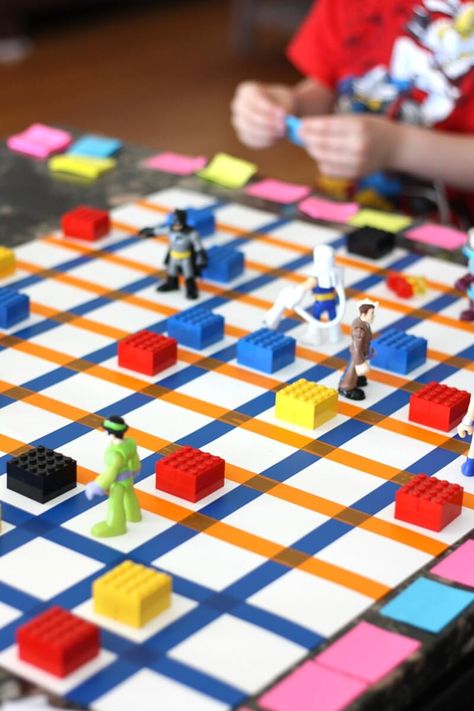 Colored cars.
Colored cars.
Task: to consolidate the names of primary colors in children, to train their visual attention, the ability to perform actions according to verbal instructions.
Equipment: multi-colored rings according to the number of players (equally for each color), flags corresponding to them in color.
Description. Children stand on one side of the playground (they are cars in the garage) and hold rings of different colors (“rudders”) in their hands. An adult raises a flag of some color. Children who have a ring of the same color run out onto the playground, turn the "rudders" and honk, imitating cars. When the adult lowers the flag, the "cars" return to the garage. Then the adult raises a flag of a different color or several at the same time, and children with rings of the given colors continue to move. If the children do not notice that the flag is lowered, the adult gives the command with the words: “The blue cars are returning to the garage!” As you practice, you can completely abandon the flags and play with the help of verbal signals.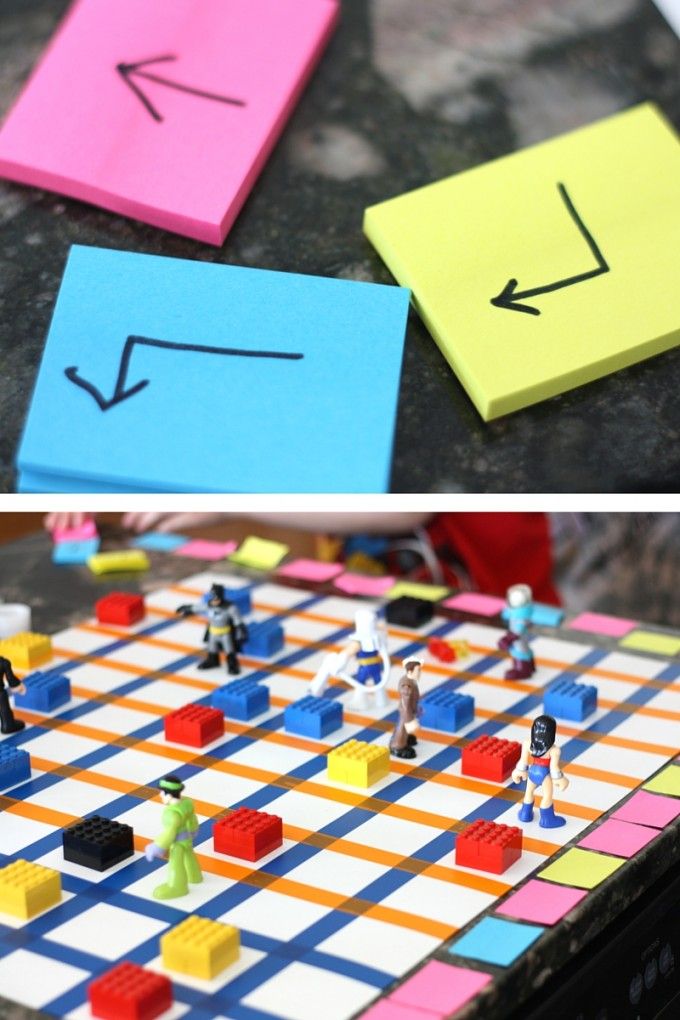
***
Game 20. The bear is in the forest.
Task: to develop agility, speed of movement.
Description. A line is drawn on one side of the room - this is the edge of the forest. Near it, after 2-3 steps, a circle is drawn - a place for a bear. On the other side of the room behind the line is a house for children. One of the children plays the role of a bear. The rest of the children go “walking in the woods”, imitating picking up mushrooms and berries and reciting verses:
At the bear in the forest,
I take mushrooms, berries,
But the bear does not sleep
And growls at us.
At the last words, the "bear" gets up from his seat and starts to catch the children. Caught (the one whom the bear touched) goes to him at the edge. The game is repeated until 2-3 players are caught. Then a new bear is chosen and the game starts again.
The following games are played according to the same principle: “Fox and Chickens”, “Cucumber”, “Sparrows and Truck”, “Mice and Cat”, etc.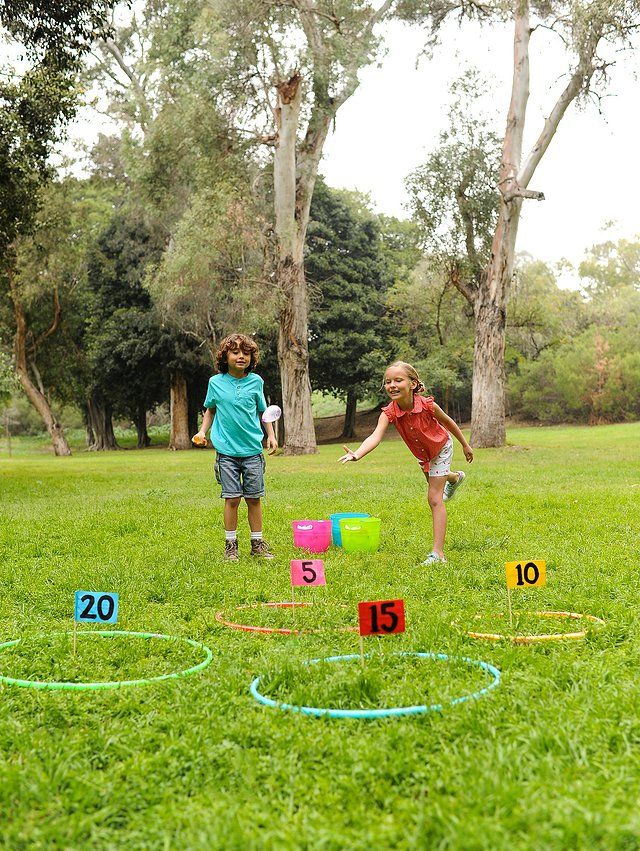
In each of them, the driver plays the corresponding role, and the adult pronounces the text of the poem.
The fox hid close, the fox covered himself with a bush, the fox turned his nose, run away, whoever goes where.
Cucumber-cucumber, Don't go to that tip! There the mouse lives, It will bite off your tail.
Sparrows live in the nest, Everyone gets up early in the morning, They fly around, They get food for themselves.
Suddenly there was a horn, The truck brought sand. Sparrows, fly away! Don't get caught under the wheels of a truck!
Bunnies are galloping jump-jump On our green meadow. They pinch the grass - they eat it, They listen carefully, Is there a wolf coming.
On the bench by the window Our cat is quietly dozing. Mice have grown bolder here, Bread crusts gnaw. Not afraid, but in vain. It is dangerous for them to walk here. The cat suddenly opened her eyes, deftly caught the mice.
More about the outdoor game At the bear in the forest.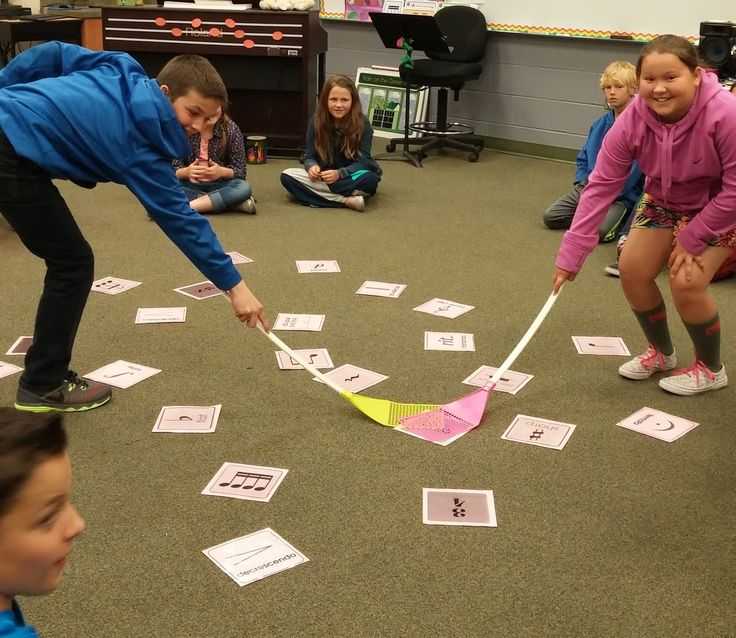
***
Game 21. Draw the ring.
Objective: to train children in throwing rings at certain targets.
Equipment: rings, various figures on which they must be thrown.
Description. A line is drawn on the floor (asphalt) - this is the border from which the children will throw the ring. At a distance of 1.5-2 m from it, a figure is placed to throw the ring (an elephant with a raised trunk, a goose with an outstretched neck, a rhinoceros with an exposed horn, etc.) An adult shows how to throw the ring - from himself, trying to keep it in horizontal position.
Next, the children try to sketch the rings on their own. An adult, if necessary, can help the child by directing the movement of his hand.
***
Game 22. Cat and mouse.
Active play. Develops dexterity, speed, attentiveness. It can successfully pass among a company of different ages. Suitable for home and street.
There are two versions of this game.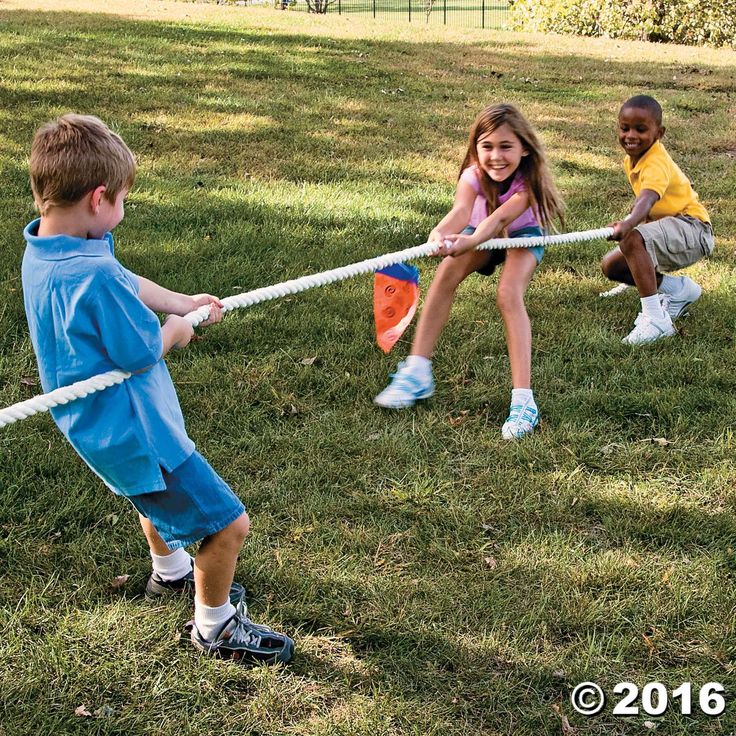
First. All but three players join hands and stand in an open circle. A "mouse" and two "cats" run inside. "Cats" must catch up with the mouse, but it's not so easy, because. she can safely run between the players in a circle, but they cannot. After that, all three of them stand in a circle and new cats and mice are selected.
Second option. In one corner, the house of the cat is indicated, in the other - the mink of mice, in the third - the pantry, where there are small objects depicting supplies. The cat falls asleep in the house, and the mice run from the hole to the pantry. At the clap of the leader (or after the words of the rhyme), the cat wakes up and begins to catch mice that are trying to run to the mink. At first, the cat is played by one of the adults, who pretends to catch, but lets the mice run away. You can add verbal accompaniment to the game:
Cat guards mice,
Pretend to be asleep.
Here he hears - the mice came out,
Slowly, closer, closer,
Creeping from all the cracks.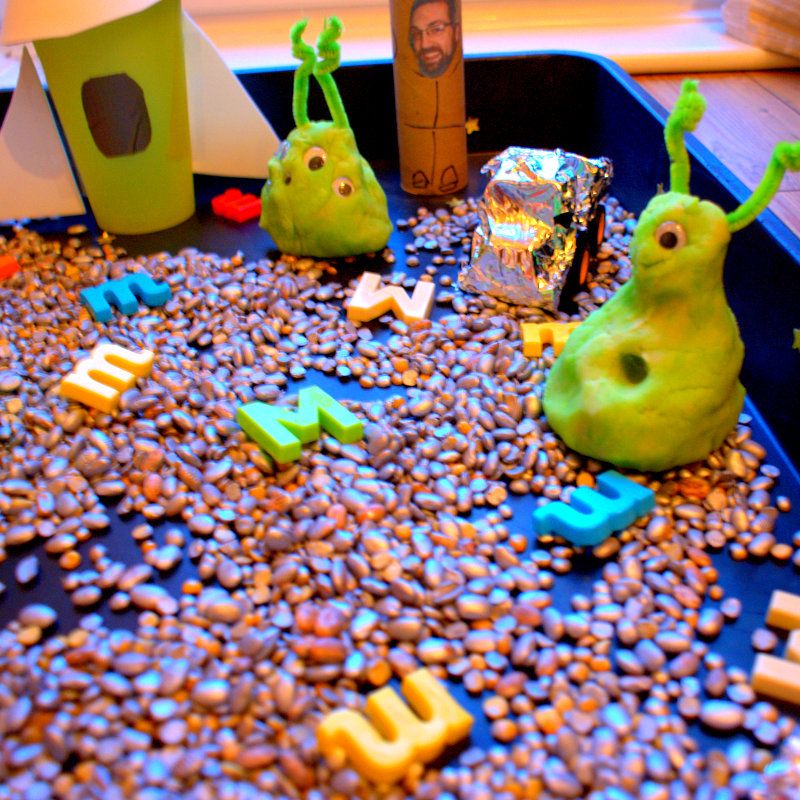
Tsap - scratch! Catch it soon!
***
Game 23. Carousels.
Calm and active dance game. Develops coordination and synchronism of movements, dexterity, attentiveness. The ability to control the power of the voice. Suitable for home and street.
The leader, together with the children, stands in a circle and everyone begins to slowly and quietly pronounce the text:
Barely, barely
Carousels are spinning.
(At the same time, the players begin to slowly move in a circle)
And then, then, then
Everyone run, run, run.
(The tempo and strength of the voice increases, the speed of movement increases at the same time. The players start running) The next part is pronounced with a decrease in the tempo and strength of the voice:
Hush, hush! Do not hurry!
Stop the carousel!
(With these words, everyone stops).
***
Game 24. "On the hunt"
Objective: to train children in hitting the ball at a certain target.